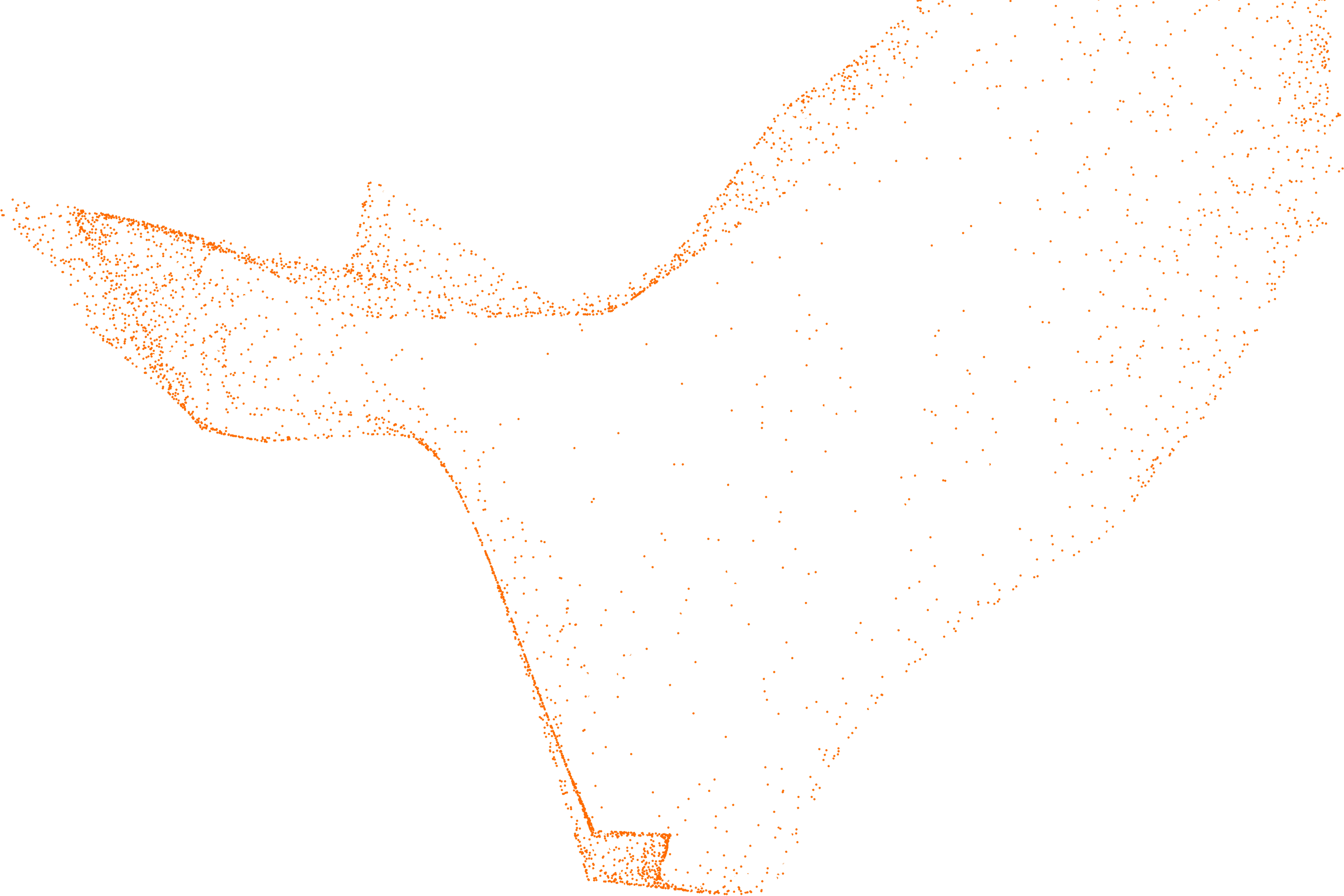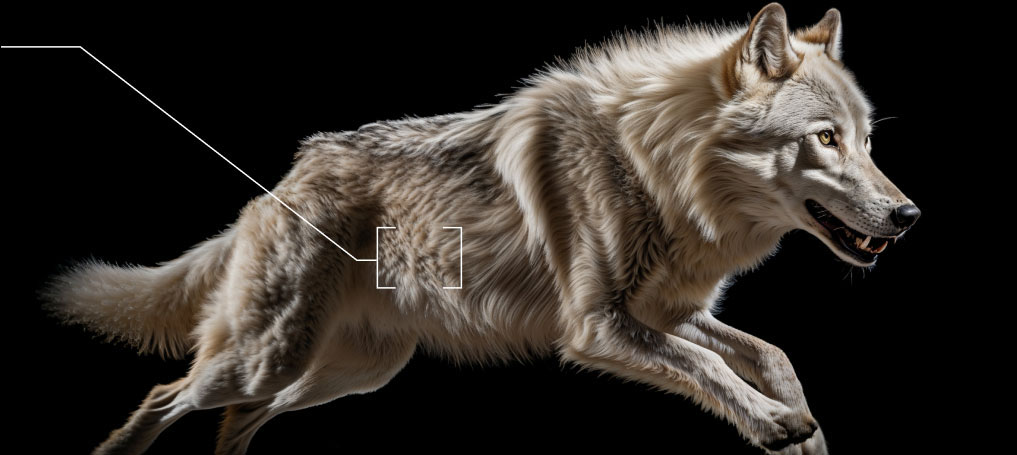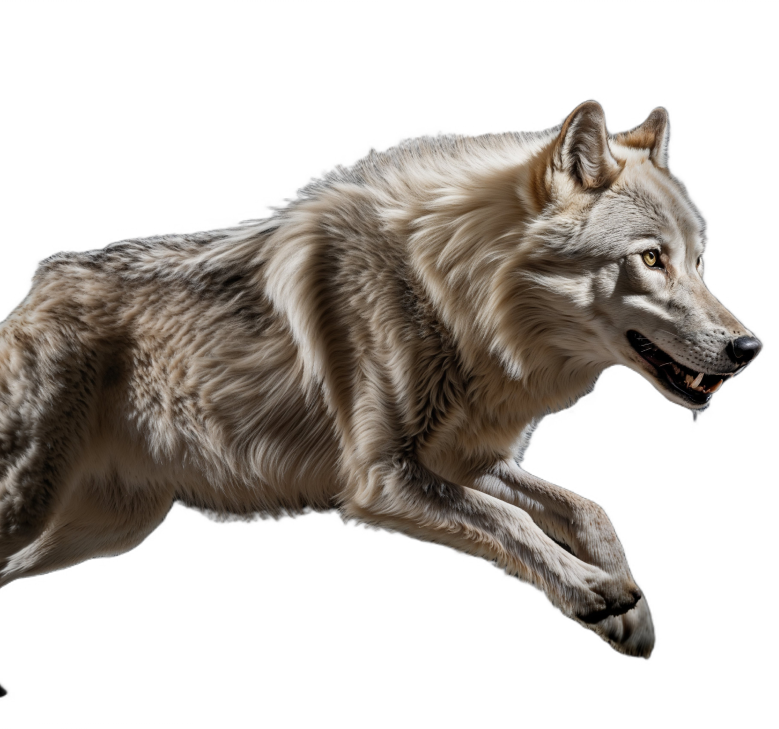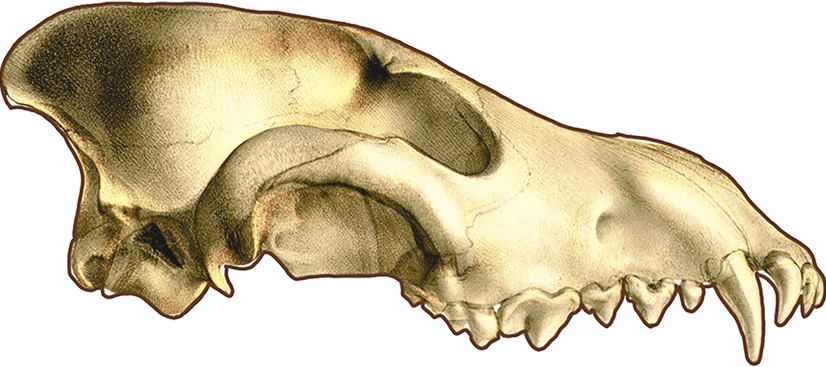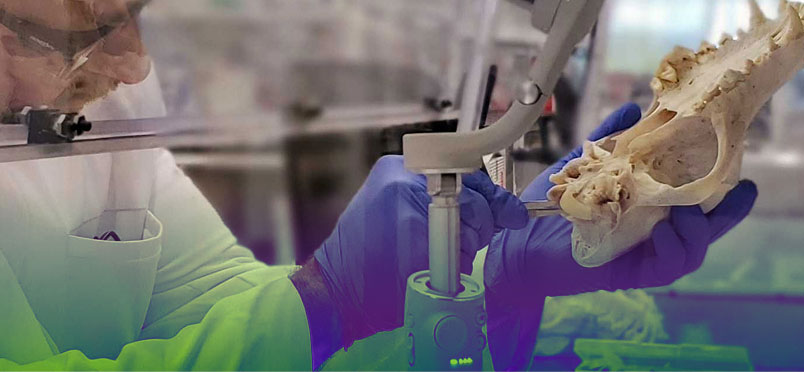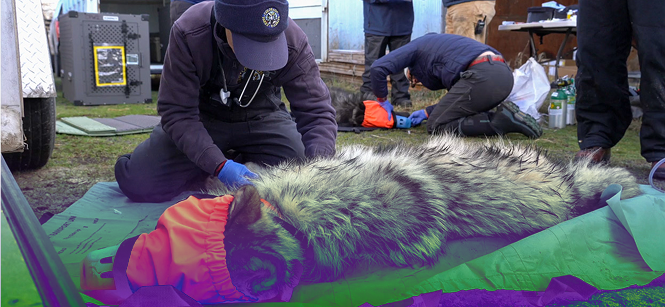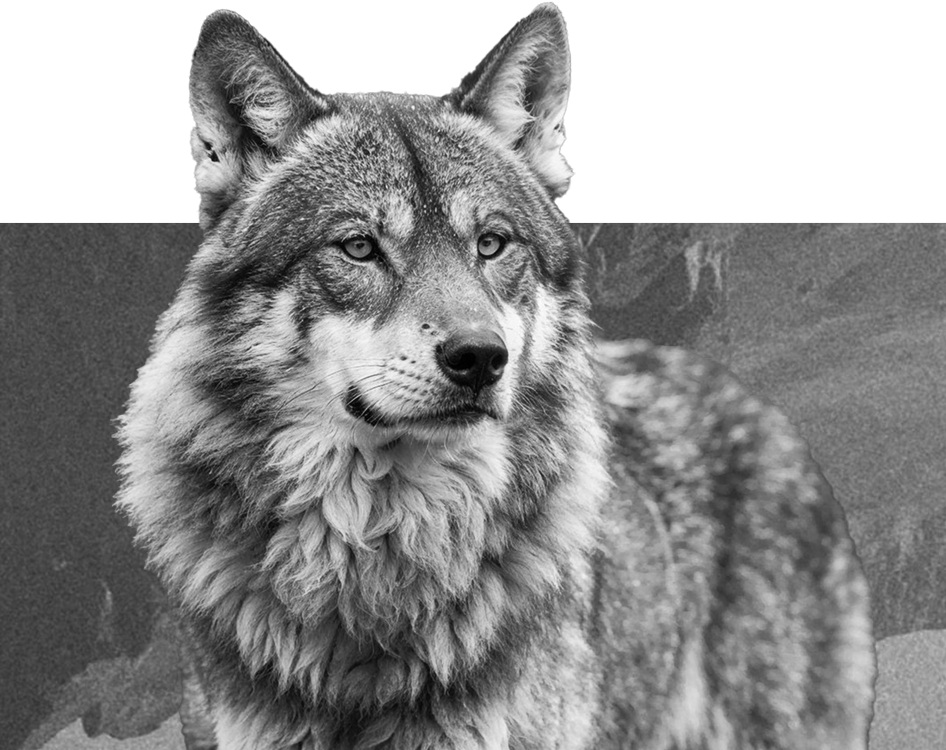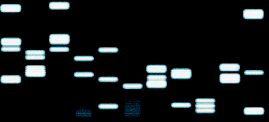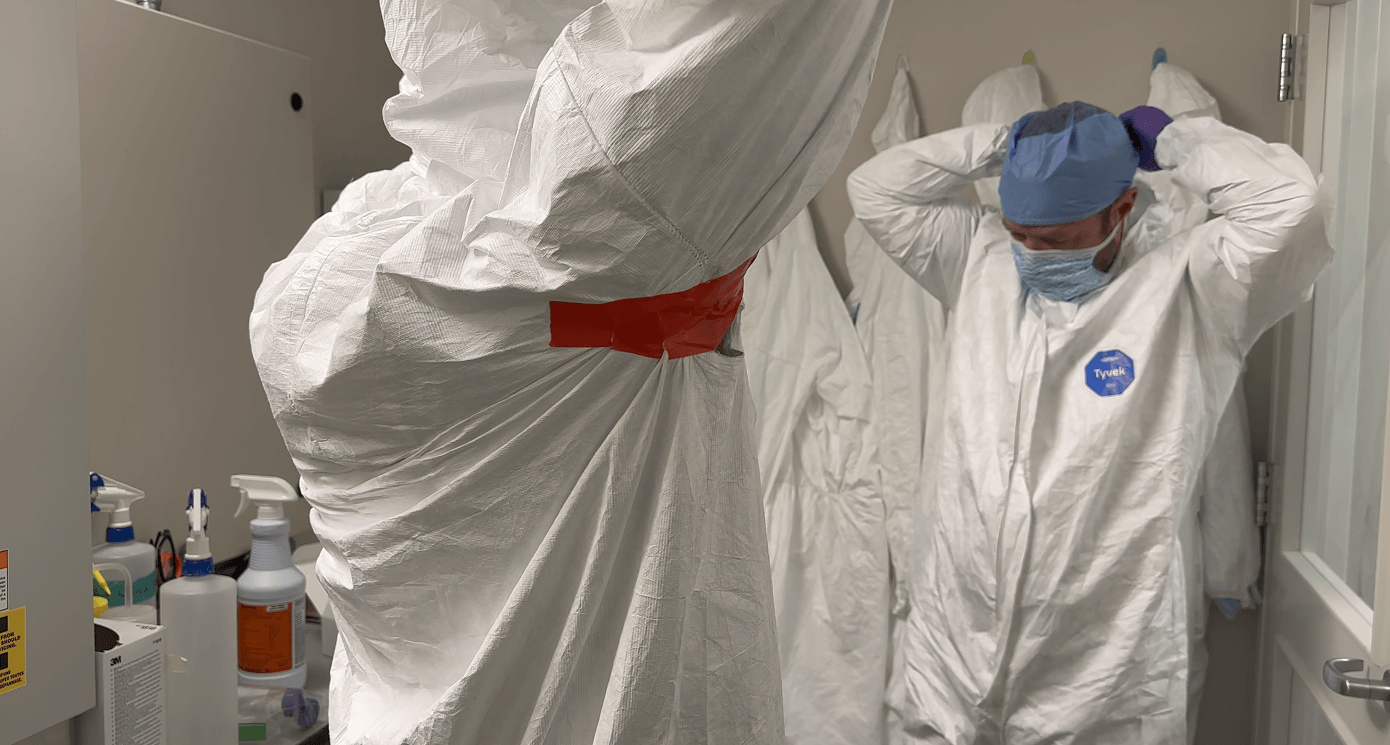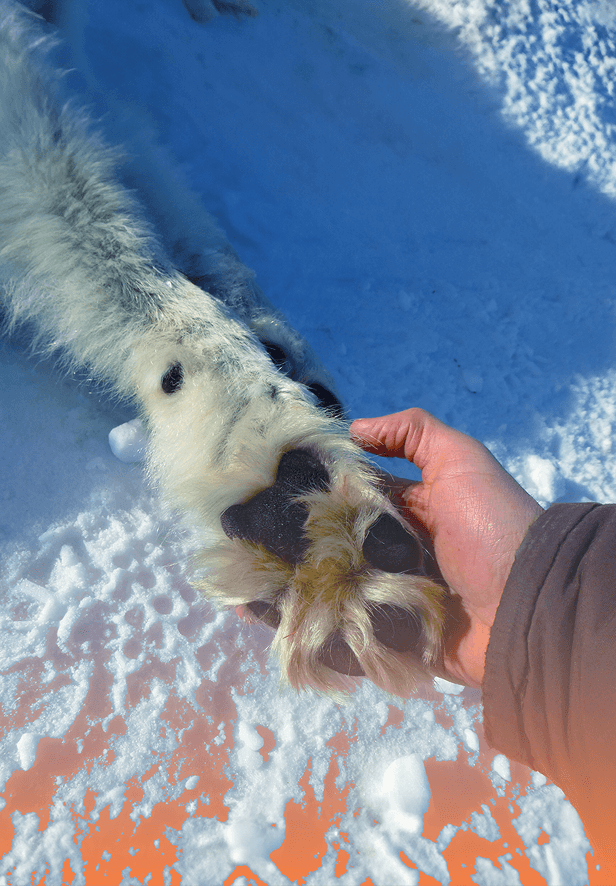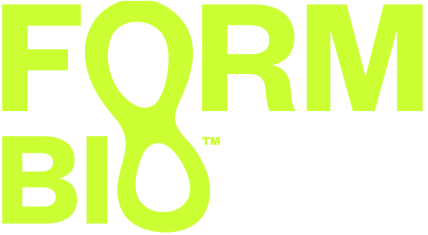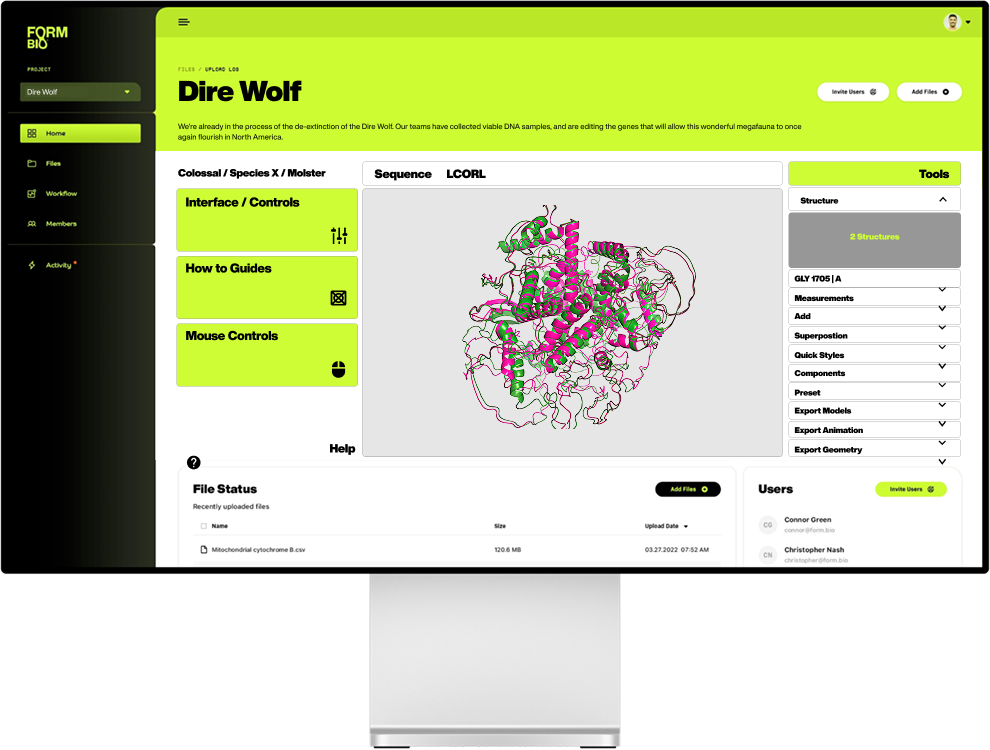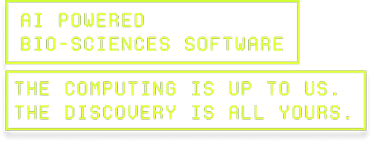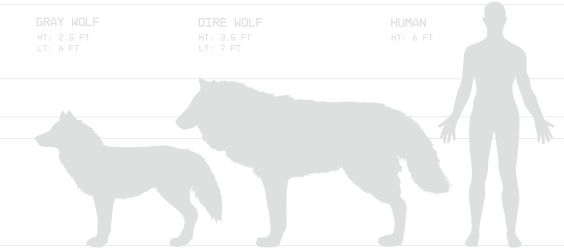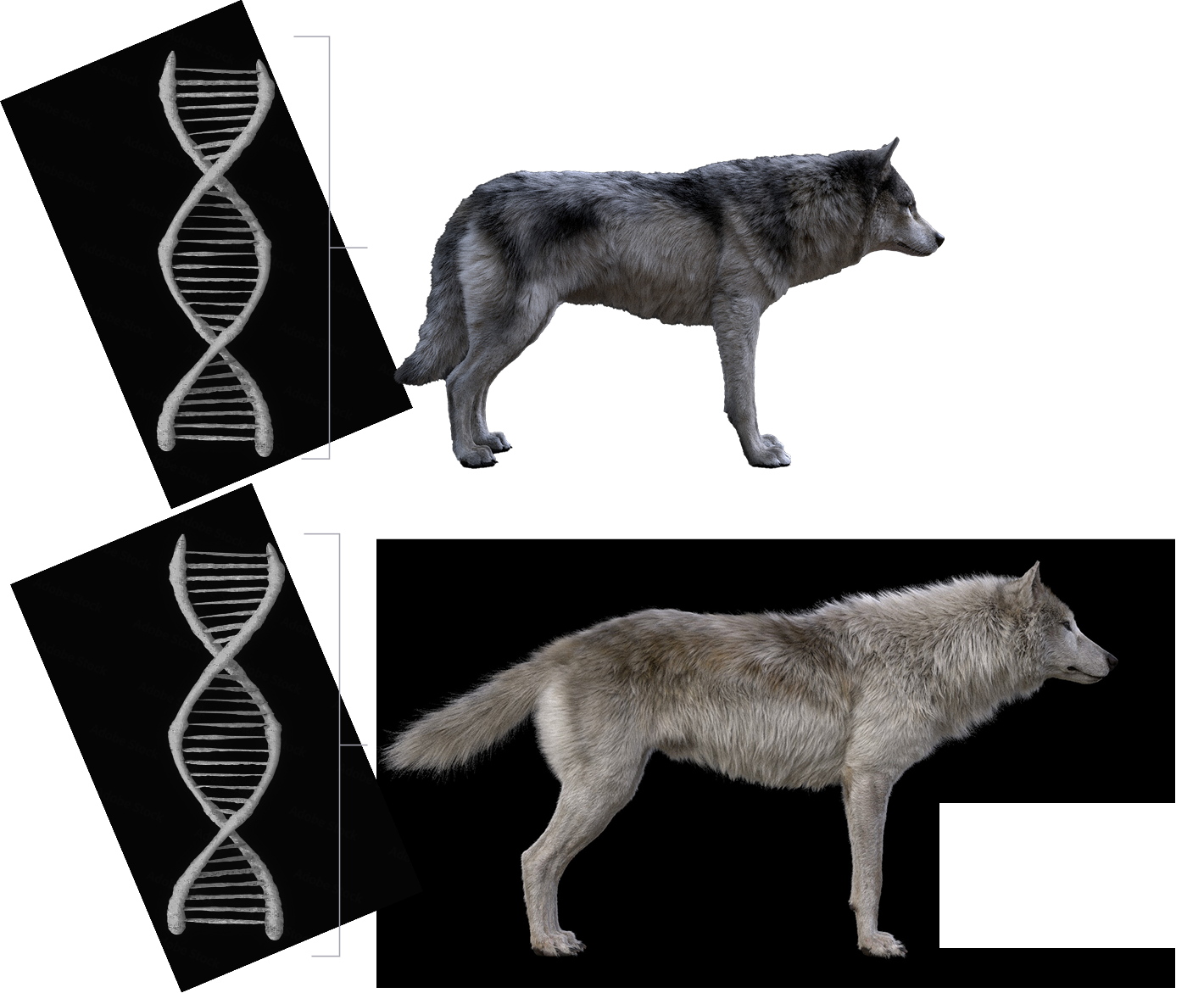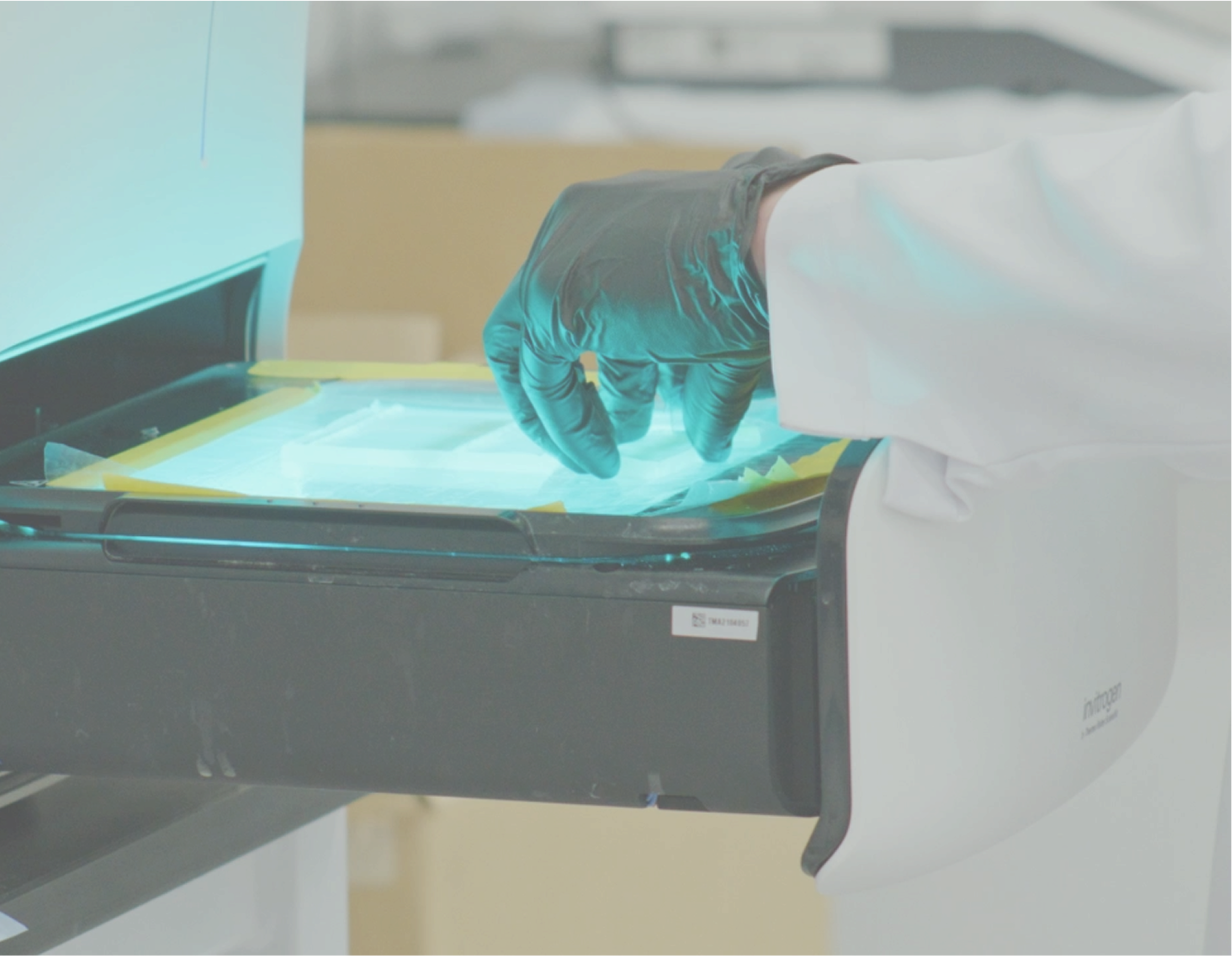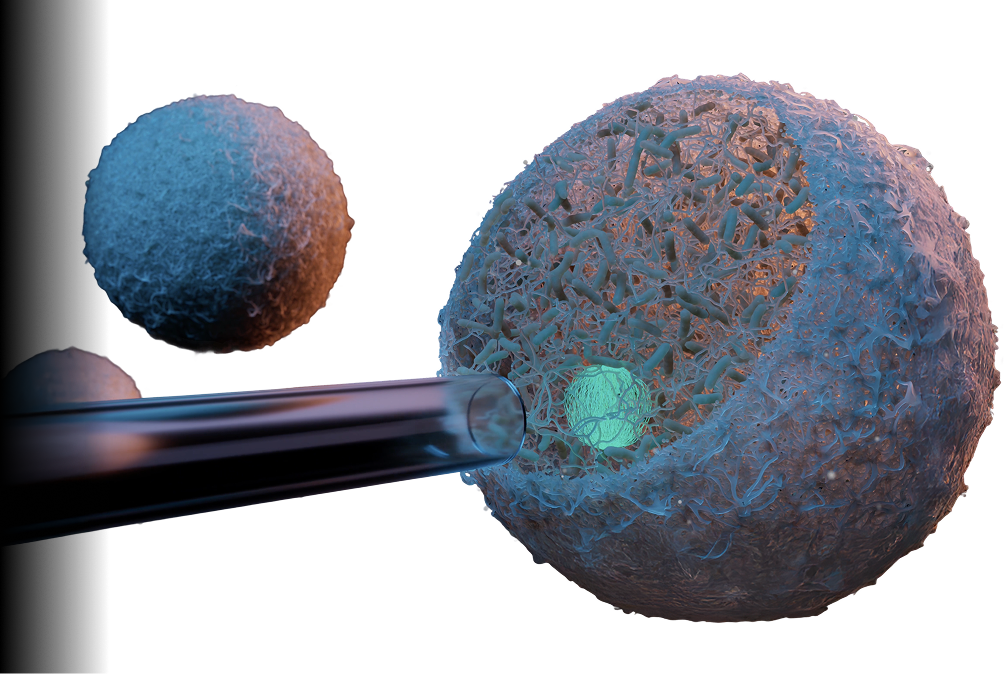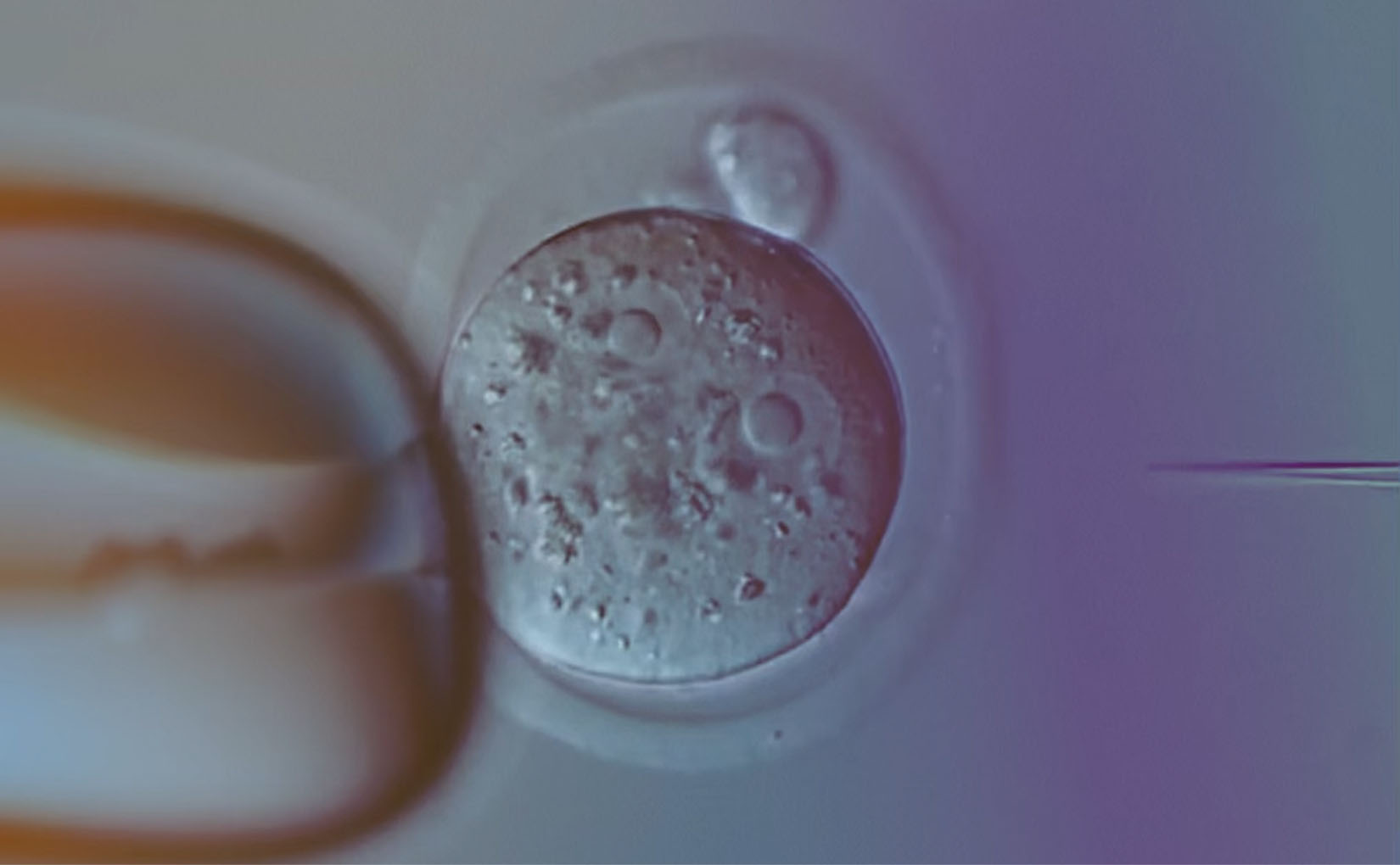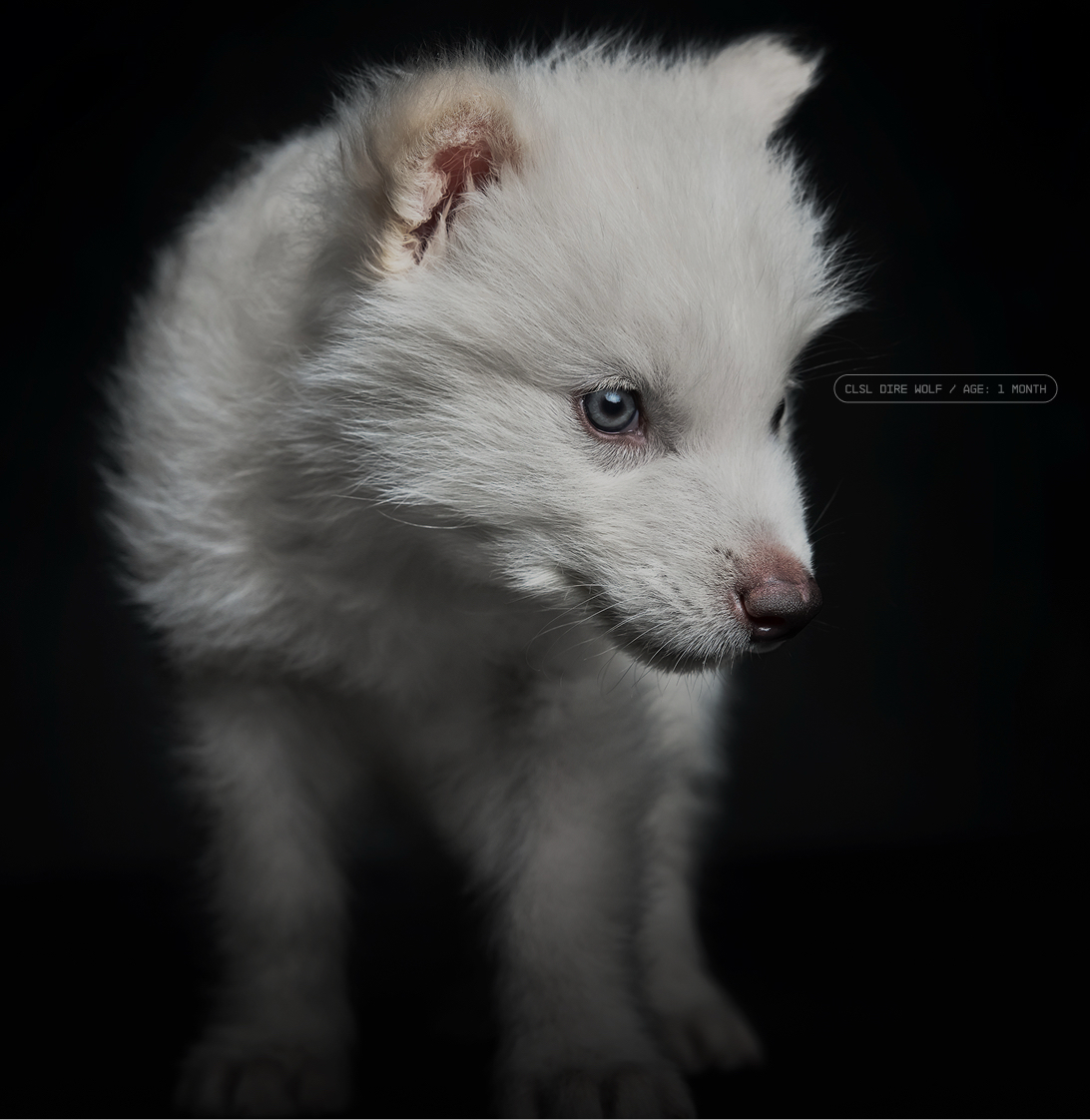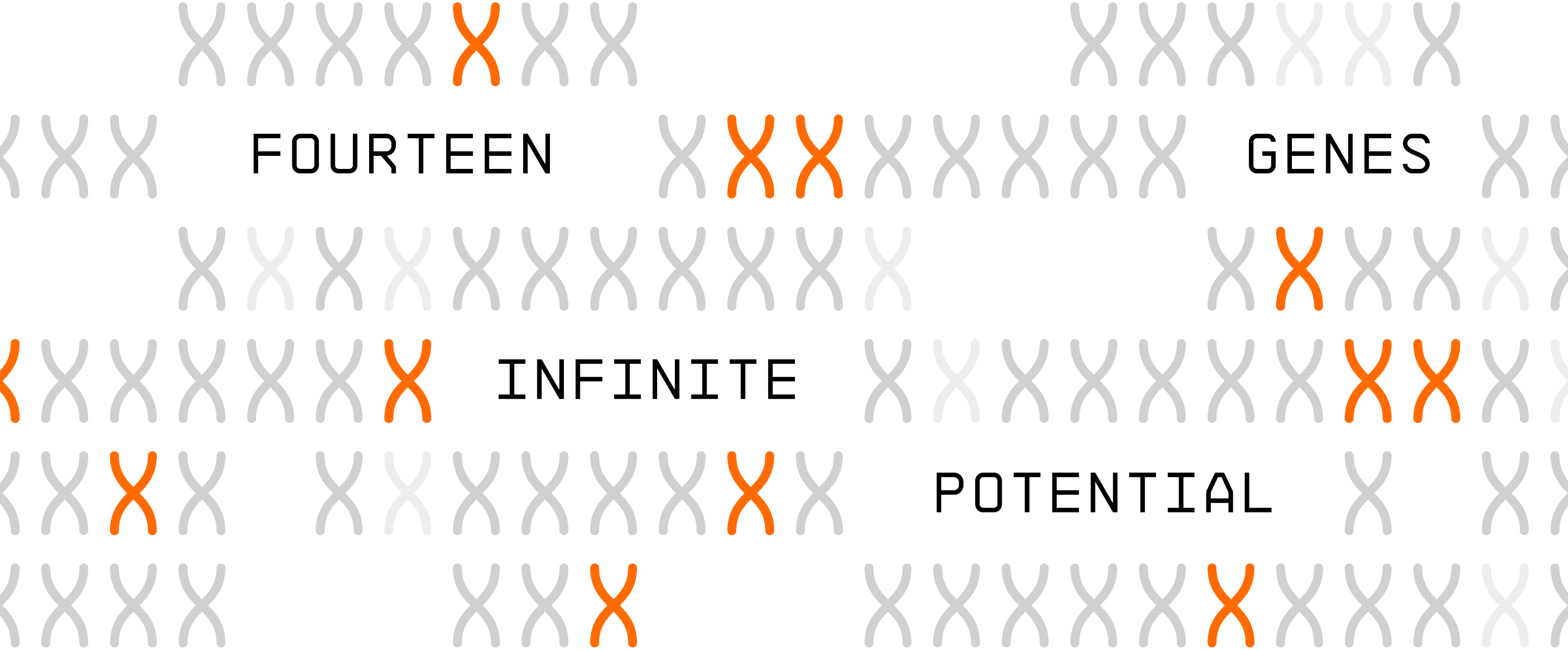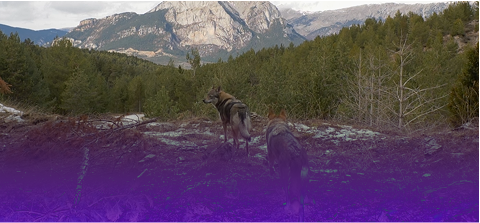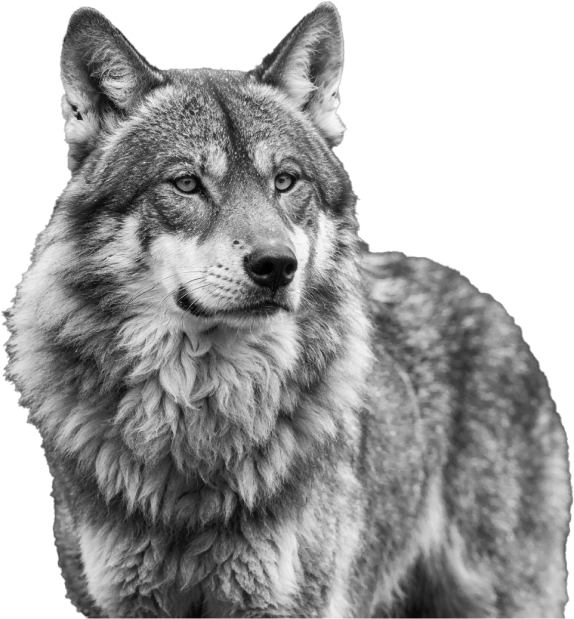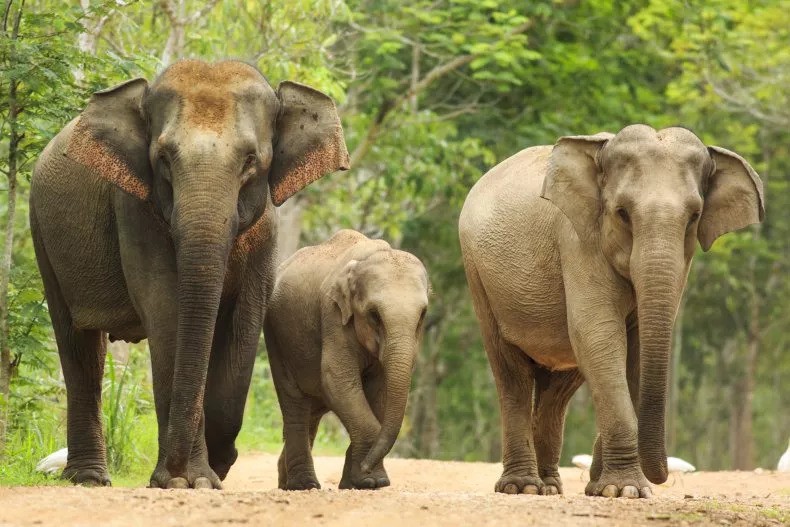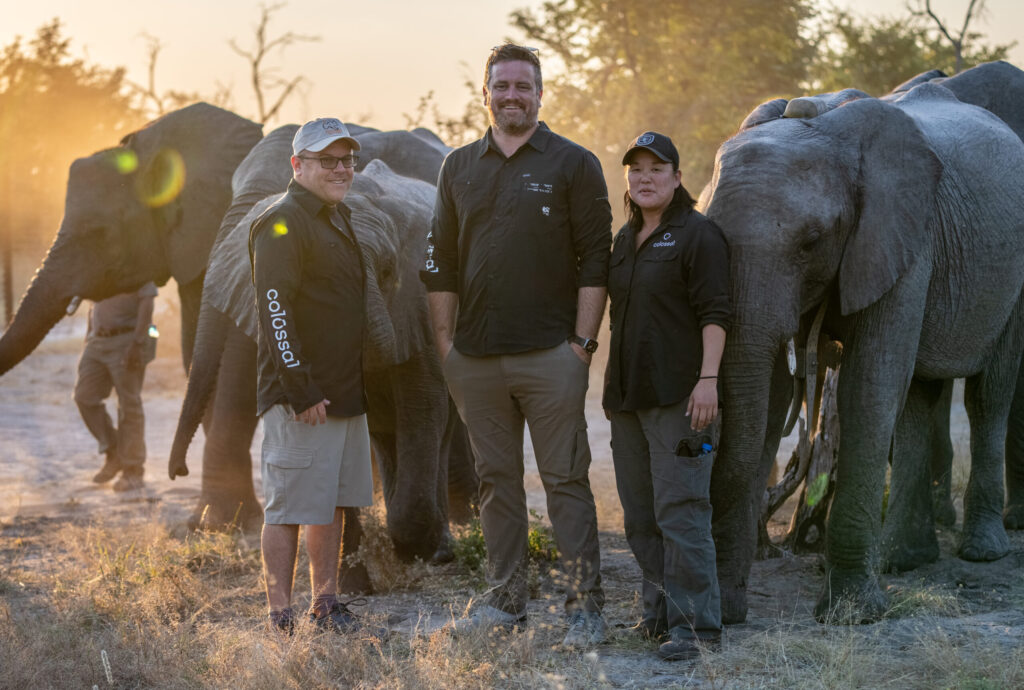"Preserving, expanding and testing genetic diversity should be done well before important endangered animal species like the red wolf are lost. Another source of ecosystem variety stems from our new technologies to de-extinct lost genes, including deep ancient DNA sequencing, polyphyletic trait analyses, multiplex germline editing, and cloning. The dire wolf is an early example of this, including the largest number of precise genomic edits in a healthy vertebrate so far. A capability that is growing exponentially."
George Church, Ph.D. / Colossal Co-Founder
George ChurcH, Ph.D.
Colossal Co-Founder








Restoring
Kind One of A
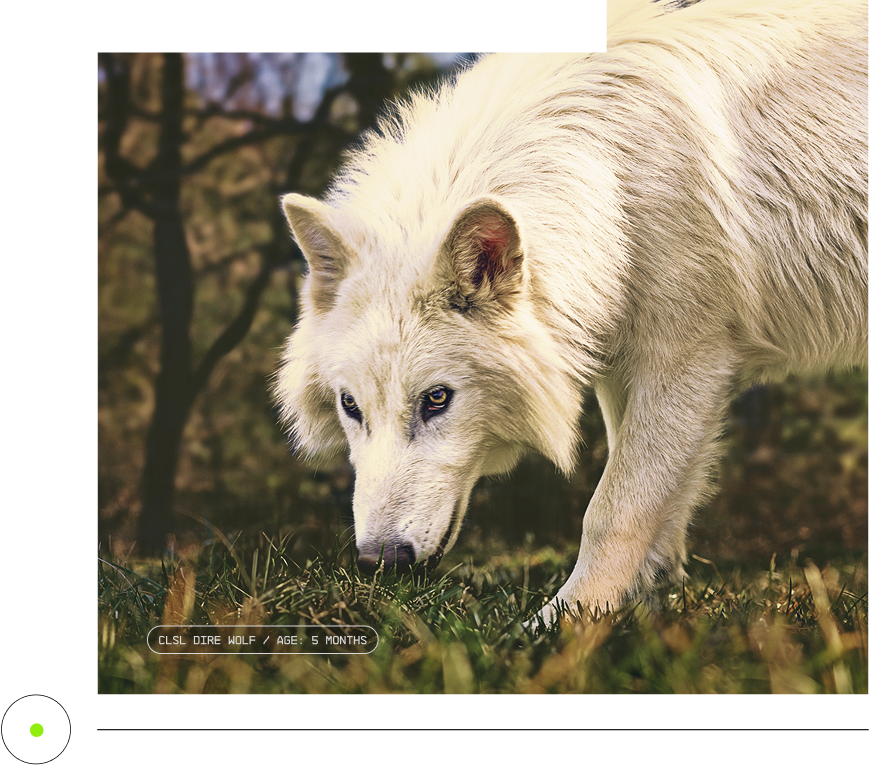
Unlike the diverse DNA of canids like arctic and gray wolves, a lack of similarity between the dire wolf’s genetic makeup and those of all other modern canid samples can pose a problem for those trying to rebuild it. But, through hard work and determination, Colossal has not only made de-extinction possible, but has already achieved it.
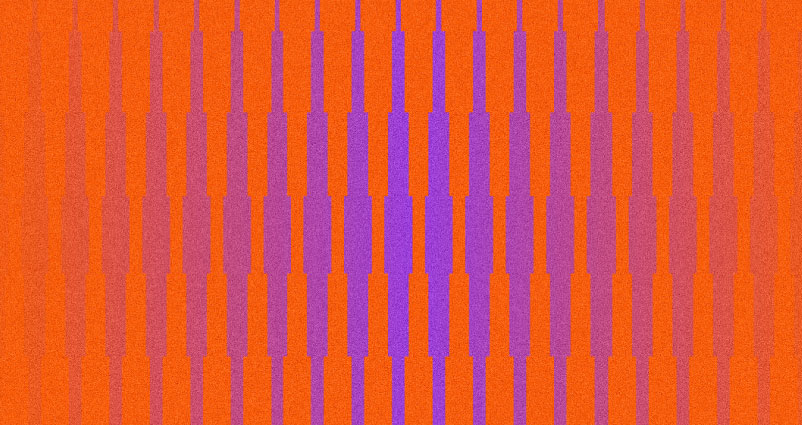
We will continue to restore lost species, even those like the dire wolf, who haven't had a genetically-similar relative in millions of years. Fortunately, we've experienced revolutionary breakthroughs in the fields of computational biology, genome engineering, embryology and stem cell reprogramming.
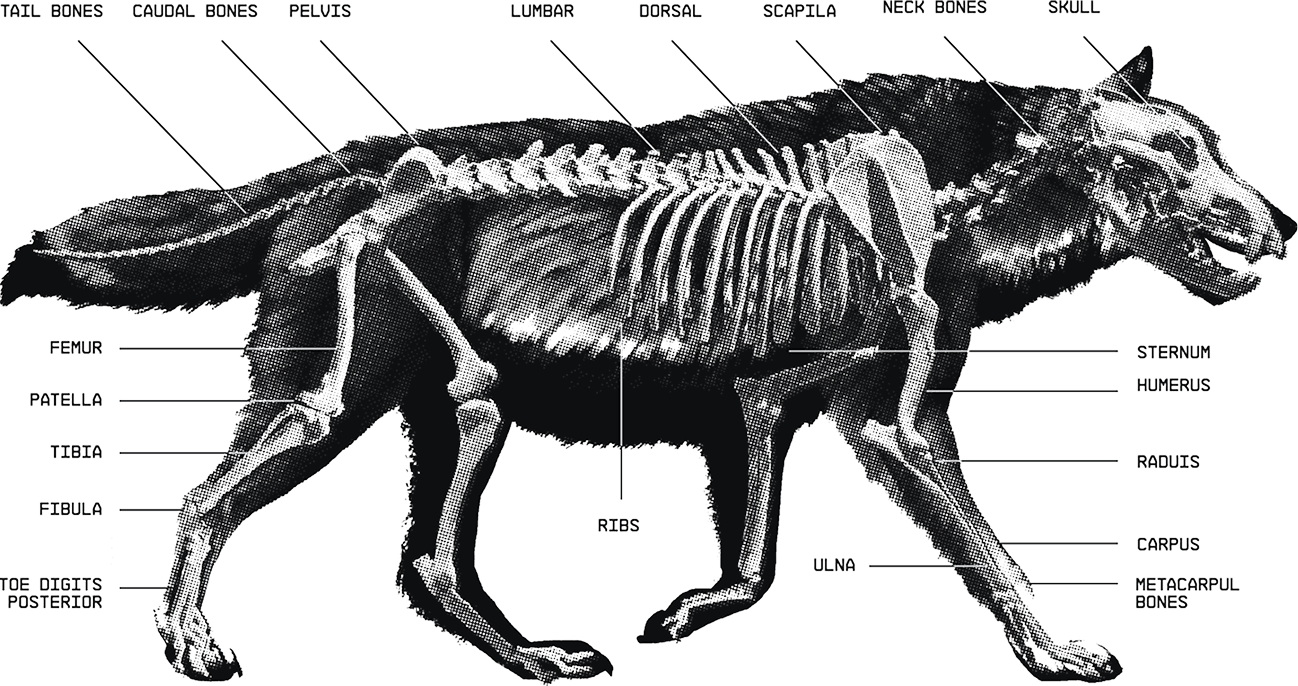

Thousands of intact skeletons have been retrieved from the La Brea tar pits—remnants of countless dire wolves, having desperately pursued prey into the inescapable, scorching black ooze. Unfortunately, submerging a skeleton in hot tar for thousands of years does not preserve DNA well.
This high-heat environment allowed the organic molecules of La Brea’s tar to penetrate bones, dissolving and destroying usable DNA. But hot tar isn’t entirely to blame. Even the dozens of dire wolf bones, skulls and teeth found in caves and river bed sediments across America posed a challenge to paleogeneticists.







The de-extinction of the dire wolf and an end-to-end system for de-extinction is transformative and heralds an entirely new era of human stewardship of life,” said Dr. Christopher Mason, a scientific advisor and member of the board of observers for Colossal. “The same technologies that created the dire wolf can directly help save endangered wolves, mammals, and other species as well. This is an extraordinary technological leap in genetic engineering efforts for both science and for conservation as well as preservation of life, and a wonderful example of the power of biotechnology to protect species, both extant and extinct.
Chris Mason,
Ph.D.
Professor of Genomics,
Physiology, and Biophysics
at Weill Cornell Medicine
and Co-Founder of Biotia






Wolves Decimate Livestock
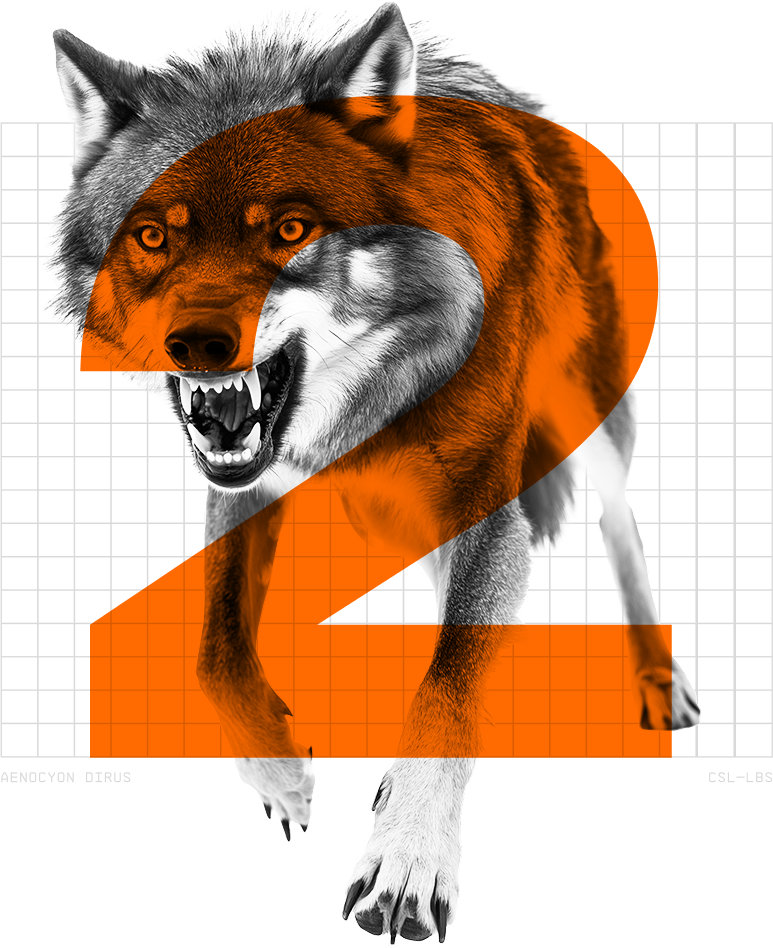

Wolves account for LESS THAN 10% of livestock losses.
Wolves are often wrongfully blamed for livestock losses when they account for a very small percentage of deaths. Moreover, effective non-lethal methods such as guard dogs, and fencing can significantly reduce these losses.


THE TRUTH ABOUT WOLVES AND LIVESTOCK

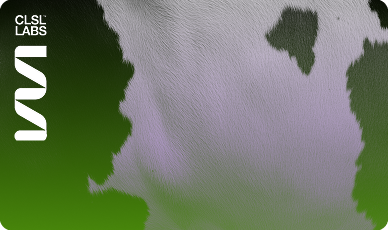
In areas like Montana, Idaho, and Wyoming, wolves are responsible for less than 2% of cattle deaths, with most losses attributed to disease, weather, and other predators like coyotes and domestic dogs.
An earlier 2015 report on cows found that wolves accounted for 0.7-1.5% of unwanted deaths.
Federal data showed sheep killings attributed to wolves only made up 0.8-3% of unwanted deaths in the Northern Rockies in 2020.
Overpopulated deer herds pose a significant threat to agriculture, causing extensive damage to crops and resulting in substantial economic losses for farmers. In New Jersey alone, deer-related damage to high-value crops totals over $15 million annually. In Pennsylvania, deer damage leads to losses exceeding $20 million in corn and $15 million in soybeans each year. The financial burden extends beyond crop damage, affecting farming practices and reducing yields. The presence of predators like wolves can help mitigate these impacts by naturally controlling deer populations and maintaining ecological balance, thus alleviating the strain on agricultural communities.


GENOME ANALYSIS
How Colossal Rebuilt an Ancient
Canid
An international study, performed by over 50 scientists, attempted to sequence the dire wolf genome from a total of 46 specimens, with only two samples yielding usable DNA. And, after sequencing just a quarter of the dire wolf genome, the resulting data was as inhibiting as extinction itself.
However, the experts at Colossal were able to secure access to these two most-promising specimens. With the help of Colossal's Chief Science Officer Beth Shapiro and our teams, we were able to resample these specimens —ultimately gaining deeper knowledge of the dire wolf than all others who attempted the feat before.
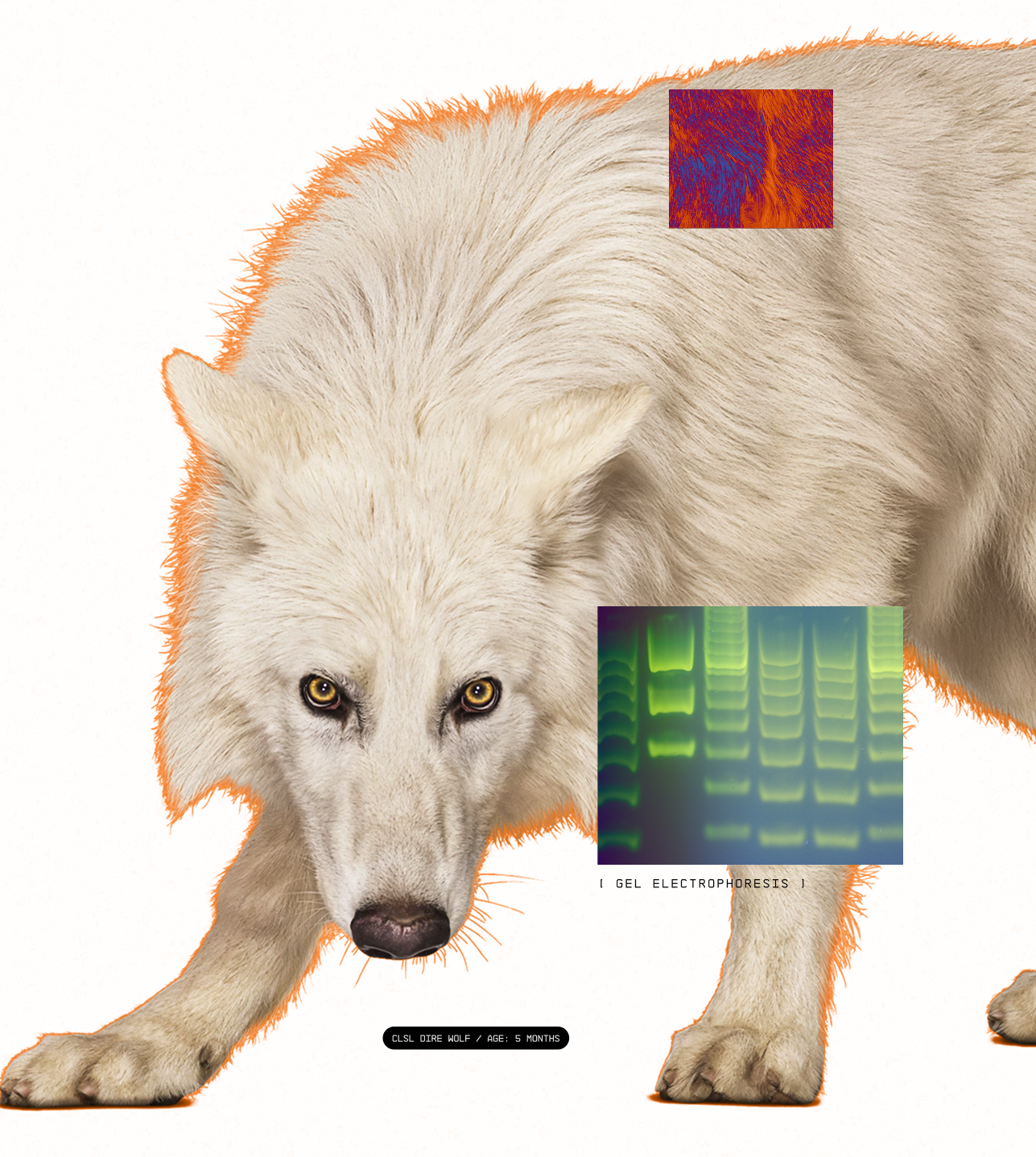



2 STUDIES

INTERNATIONAL TEAM
[ STUDY 001 ]

BRIEFING
An international team of 50+ scientists examined 46 dire wolf remains for viable DNA and were able to recover 0.1% of the genome.
genome pioneers
50+

SPECIMENS
46

STUDY RESULTS
The international team recovered 0.1% of the dire wolf genome giving our study a huge advantage and establishing the initial foundation for its eventual de-extinction.
COLOSSAL®
[ STUDY 002 ]

BRIEFING
Our team examined the two most promising dire wolf samples, uncovering 55x more DNA to expand on the findings of the international team.
Colossal Experts
6

SPECIMENS
2
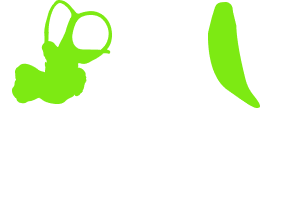
STUDY RESULTS
Colossal made history,
recovering over
Dire Wolf
DNA

than any team before — redefining what’s possible in de-extinction science.
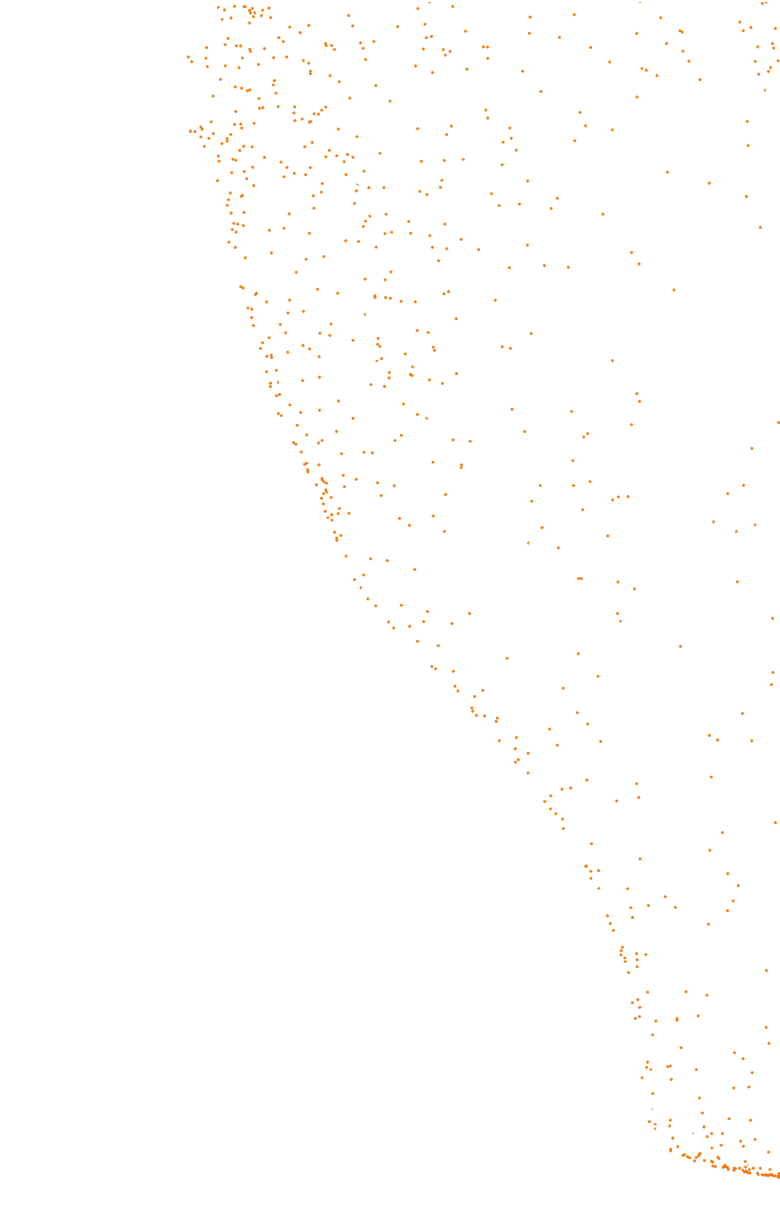









Colossal is leading the pack
Colossal
isleading
thepack
For Colossal, de-extinction is not just about making an organism that is or resembles an extinct species. It’s about merging the biodiversity of the past with the innovations of the present in an effort to create a more sustainable future.

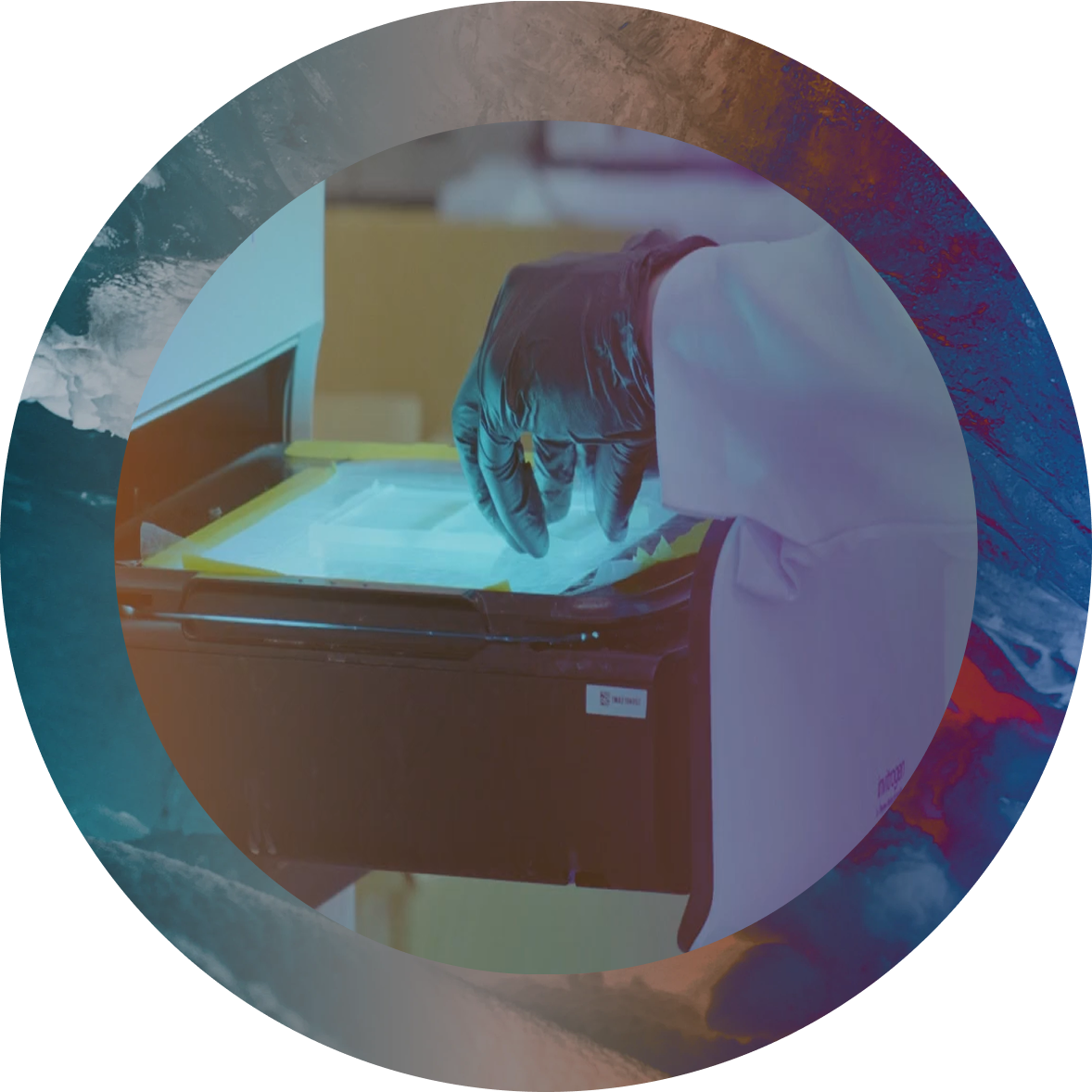
Through our own resampling process, Colossal generated over seventy times more data on the dire wolf genome than was previously achieved—establishing our efforts as more successful than any attempt made before.
With this latest breakthrough, our team has devoted countless hours and computational horsepower to analyzing the dire wolf genome using Colossal’s proprietary software and algorithms. These advanced scientific and technological methods were designed for the specific purpose of analyzing and comparing ancient DNA. And not only have they allowed our team to uncover key secrets of the majestic dire wolf, but to identify the key gene and regulatory variants needed to resurrect it, as well.


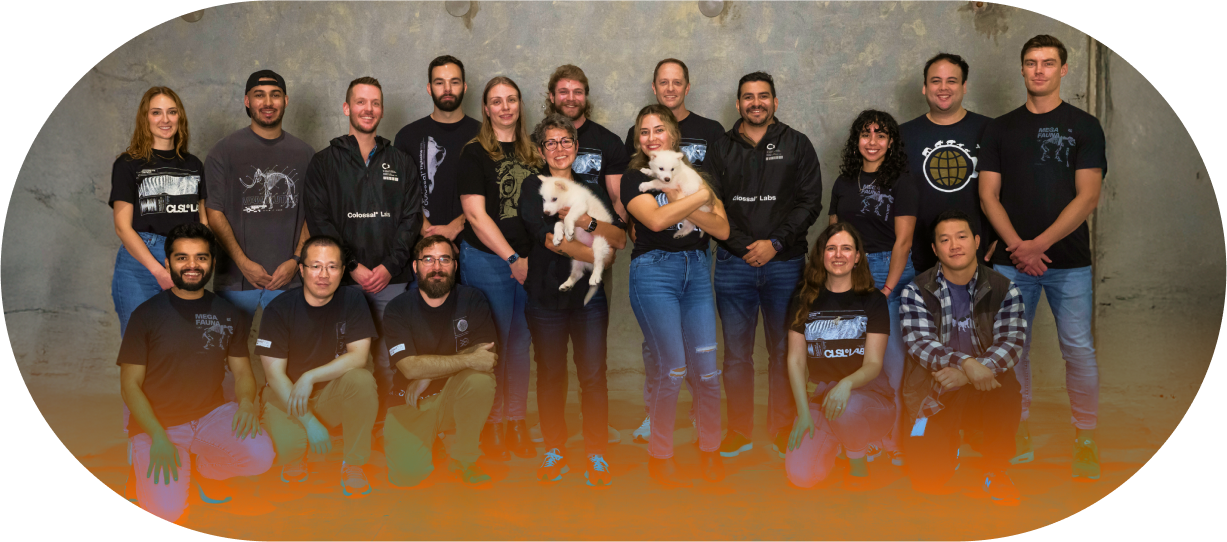


“I couldn’t be more proud of the team for their hard work and dedication to making this extraordinary project a success and bringing back the dire wolf to this world again. Together, we've not only proven these technologies viable—we've demonstrated that de-extinction technologies are ready to fundamentally reshape our understanding of what's possible through de-extinction conservation.”

Sara Ord
Director of
Species Restoration
at Colossal
Sara Ord
Director of
Species Restoration
at Colossal


“The ability to clone animals directly from a standard blood draw represents a watershed moment in conservation science This breakthrough transforms how we approach protecting endangered species—giving us a powerful new tool to preserve genetic diversity and potentially restore populations once thought lost forever.”
James Kehler

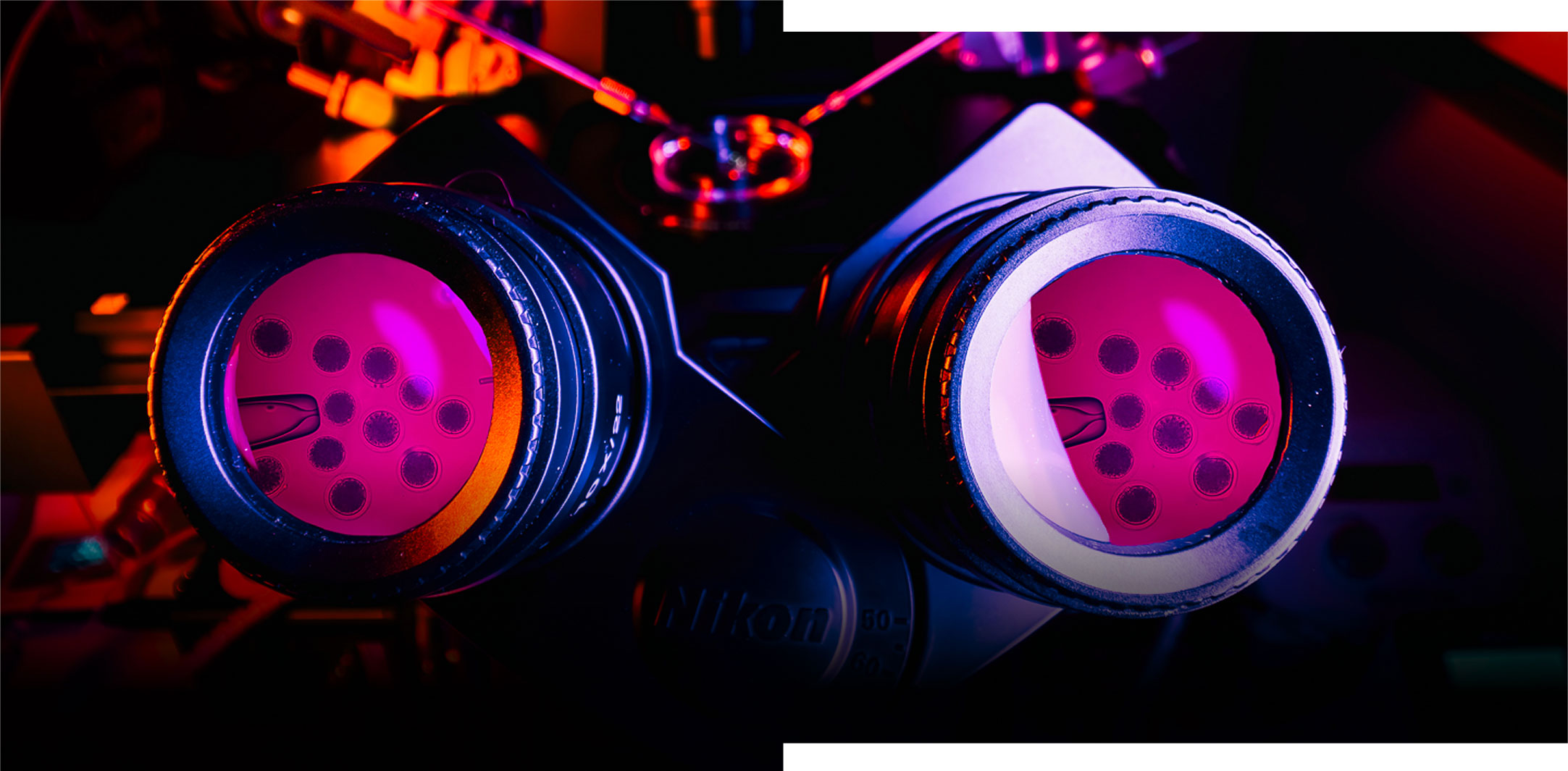
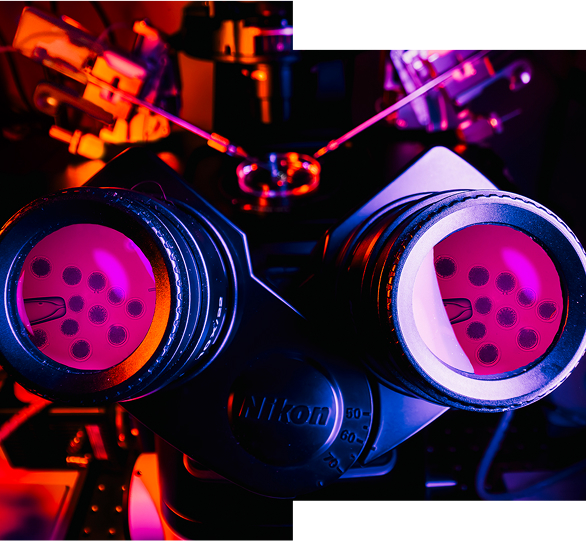
Colossal's Laser Assisted Somatic Cell Nuclear Transfer System.
CLSL - TECH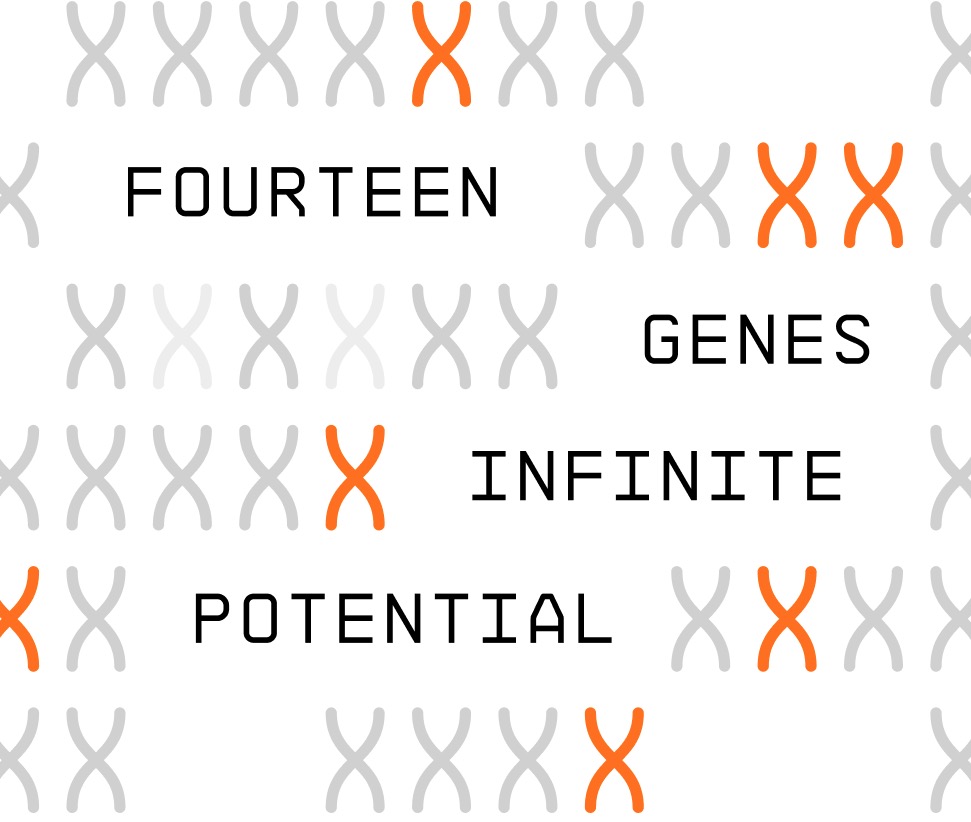
Colossal has achieved a historic scientific breakthrough, creating the most genetically edited canid in the world—marking the first ever de-extinction of the dire wolf.
Using advanced multiplex gene editing, our team successfully introduced precise genetic edits at 20 loci across 14 genes, strategically modifying the genome to bring this iconic species back to life. This unprecedented level of extinct DNA restoration in a living canid not only sets a new benchmark in de-extinction science but also redefines what is possible in species restoration. By using cutting-edge CRISPR-based editing, Colossal has resurrected a species lost to time, demonstrating the power of synthetic biology to reverse extinction and reshape the future of conservation.

 [ INdex ]
[ INdex ]

1 LCORL
One of the core genes discovered by Colossal’s team of experts, was a dire wolf variant of a well-known gene found in canids. Ligand Dependent Nuclear Receptor Corepressor Like, otherwise known as LCORL, played a large role in determining the dire wolf’s increased stature.
LCORL encodes for a transcription factor—a key regulatory protein that controls the expression of hundreds of other genes related to body size and growth. Within the wolf genome, the LCORL protein binds more than 1200 times in order to control other genes. Still, despite its unique properties, this gene is not exclusive to wolves. Variants have also been associated with body size in many other living beings, including humans, pigs, horses, cattle and dogs.
PROTEIN
AA 1-980 AA 1121-1869
SPECIES
Dire Wolf Gray Wolf
UNIPROT
A0A7L4JRX4
SEQ LENGTH
564
AVG PLODT
57.67
DESCRIPTION
Protein structure of AA 1-980 and AA 1121-1869 of LCORL in dire wolf (magenta) and gray wolf (green). AA 981-1121 is a disordered domain not shown.
SUPER-SIZED
SUPERSIZED
A Key Gene for Body Size
In fact, LCORL is a key contributor to the incredible size range we see in domestic dogs today. Smaller dog breeds and wolves contain an intact version of the LCORL gene. However, in the largest breeds, a functional domain at the end of the protein has been deleted. Our genetic analysis shows a similar phenomenon—that dire wolves had several deleterious changes in their own version of LCORL compared to that of gray wolves.
This means, for example, that the genetic variant responsible for making a Great Dane larger than a wolf is functionally equivalent to the one that made the dire wolf larger than a wolf, as well. Knowing this, Colossal was able to engineer the dire wolf variant into our modern wolf cell lines as one of the 14 genes de-extincted by our team.
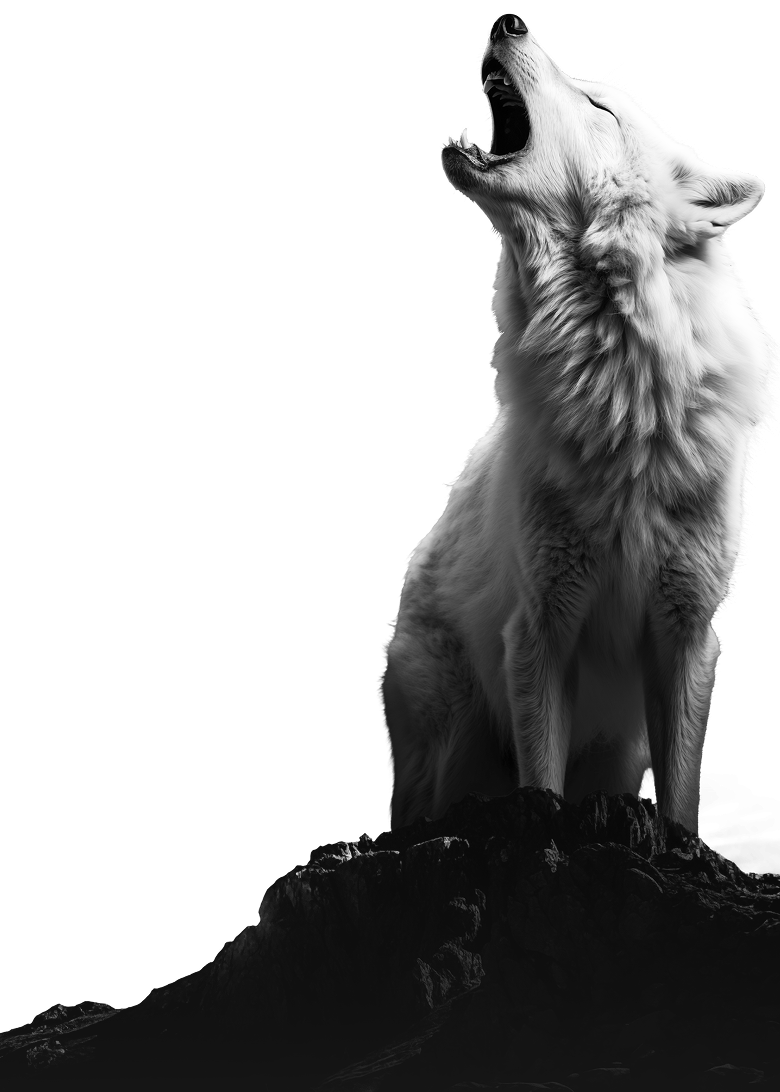


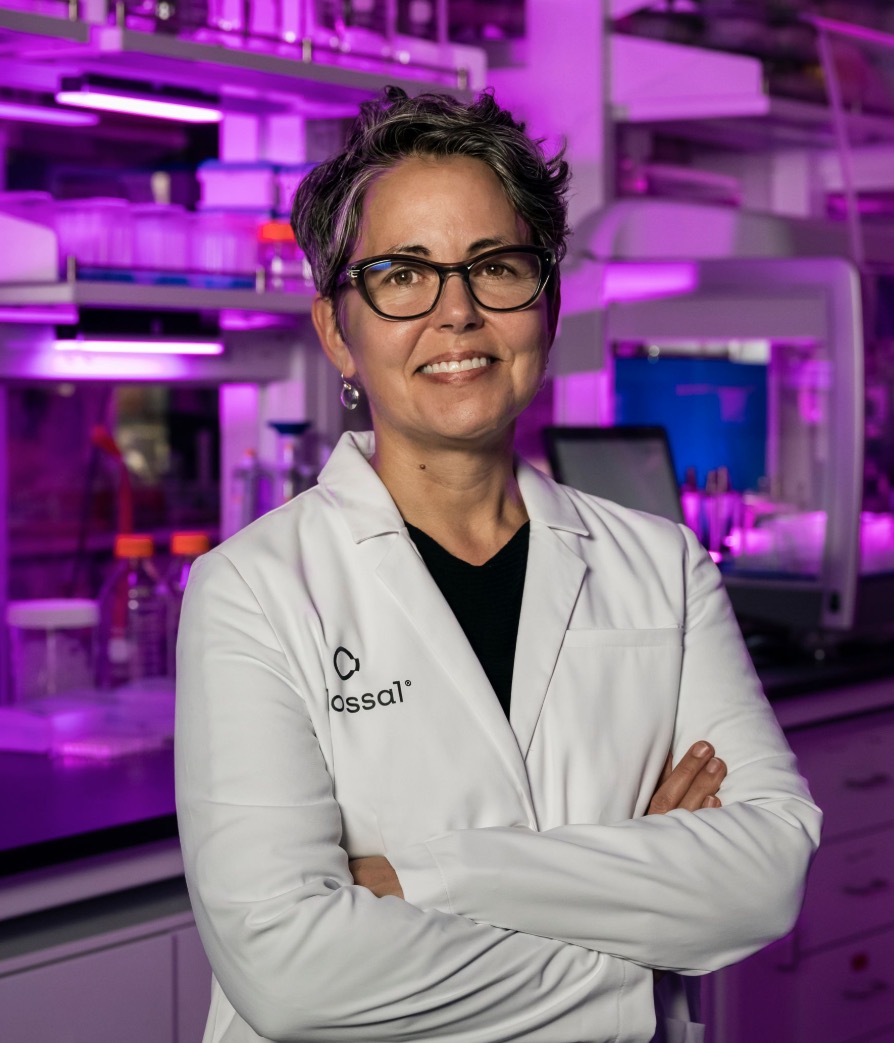

[QUOTE MODULE]
"What conservation needs is bold ideas and bold action. This breakthrough showcases that humans are capable of both. We can use biotechnologies to speed up the processes of selection and adaptation. With the successful birth of Colossal's dire wolf, we are one step closer to a world in which these tools are among those at our disposal to help species thrive in their rapidly changing habitats."

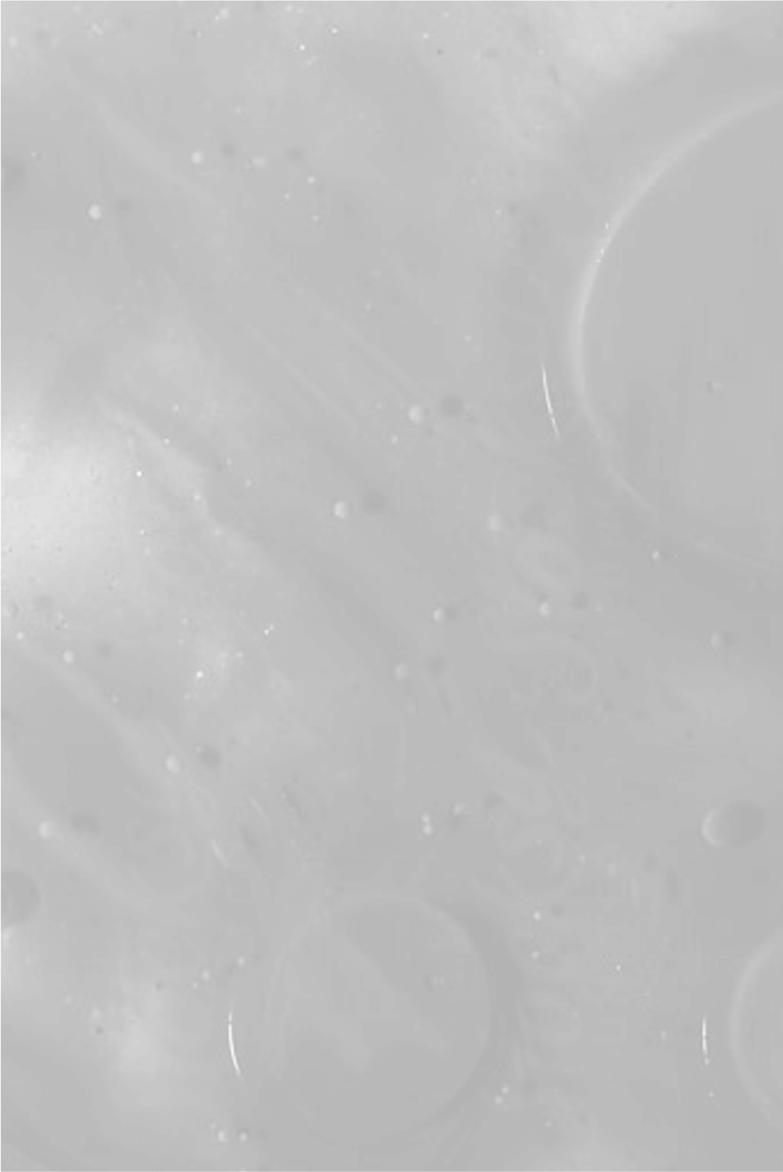
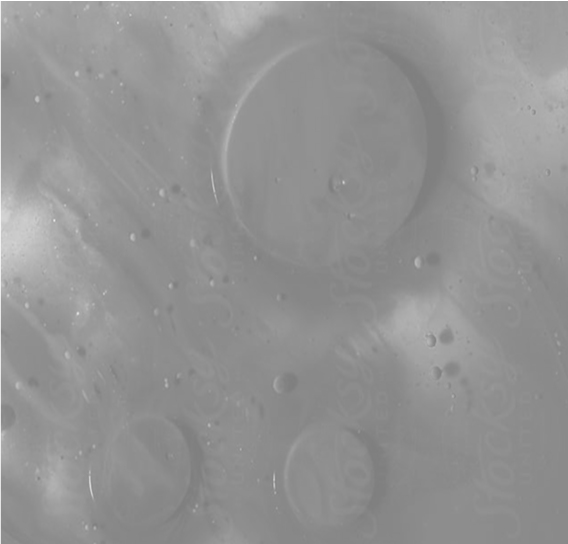
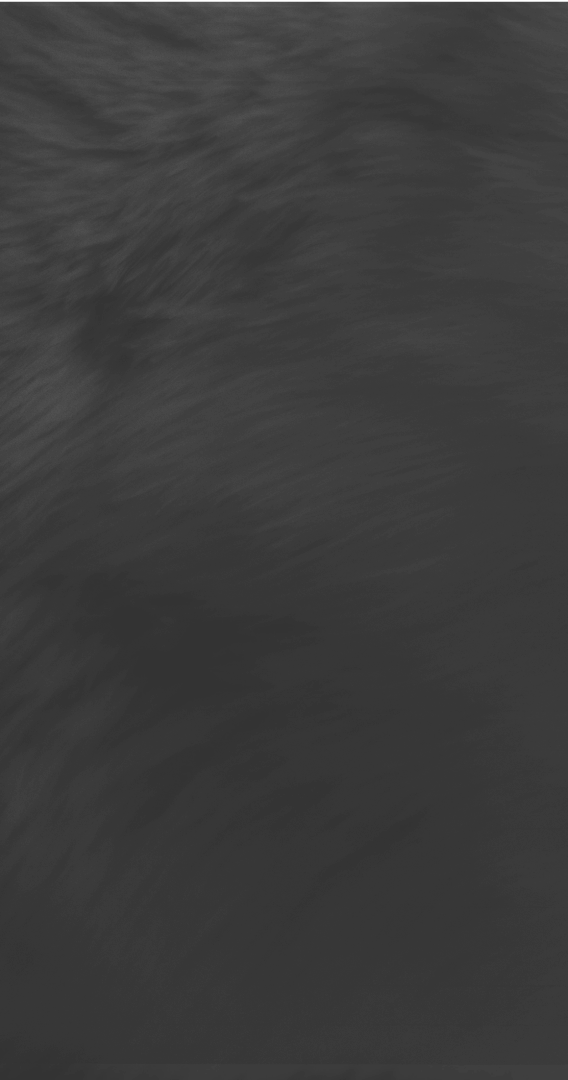
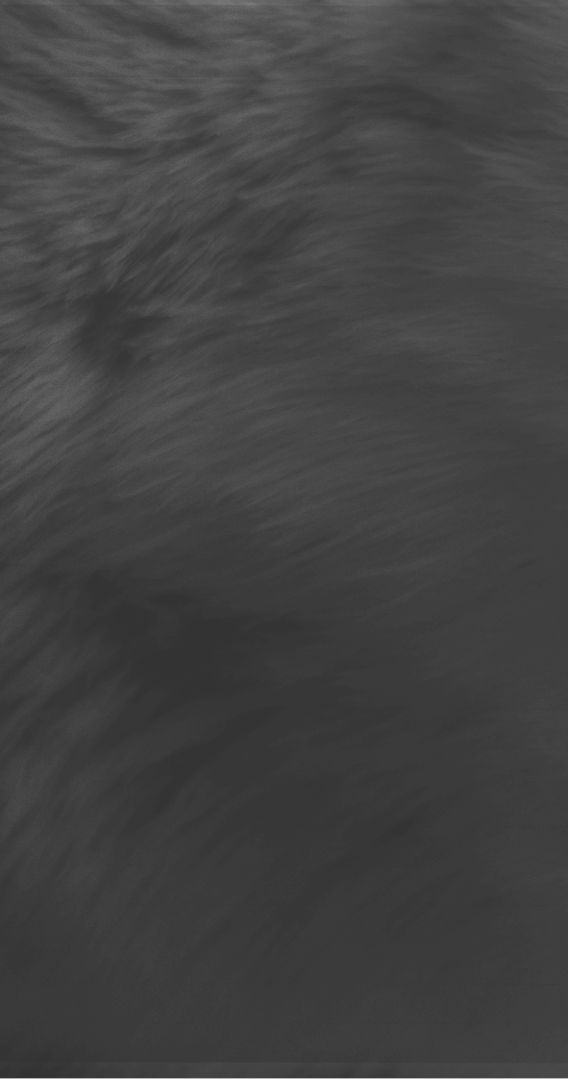
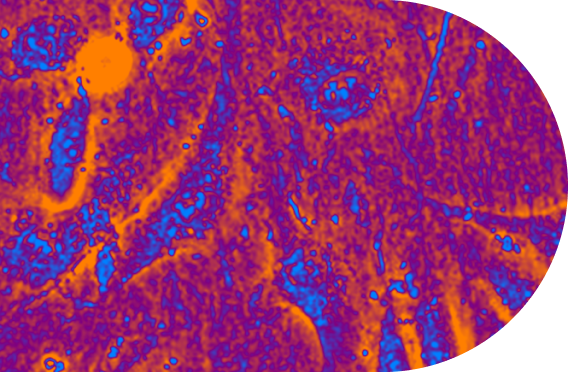


THE BLOOD DRAW

Colossal has shifted its focus to a fundamental veterinary procedure: the blood draw.
Furthermore, the innovations stemming from Colossal's research on wolf reproductive biology aren't limited to wolves. During the dire wolf project, a novel mammalian cloning method was invented, with implications for numerous endangered species. Previously, mammalian cloning relied on tissue samples, often sourced invasively, which posed challenges for endangered species.
While traditional cloning from blood cells would result in an organism lacking a functional immune system, Colossal pioneered a method to extract a rare type of cell from blood, known as Endothelial Progenitor Cells (EPCs). They further perfected techniques to gene edit and clone these cells. This breakthrough in isolating EPCs from various animals augments the potential to conserve and possibly resurrect a vast array of endangered species using non-invasive blood samples.
With scientific exploration, such as the DNA analysis performed on ancient dire wolf bones, the possibility of its de-extinction marks yet another promising solution for maintaining Earth’s crucial and delicate ecological balance.

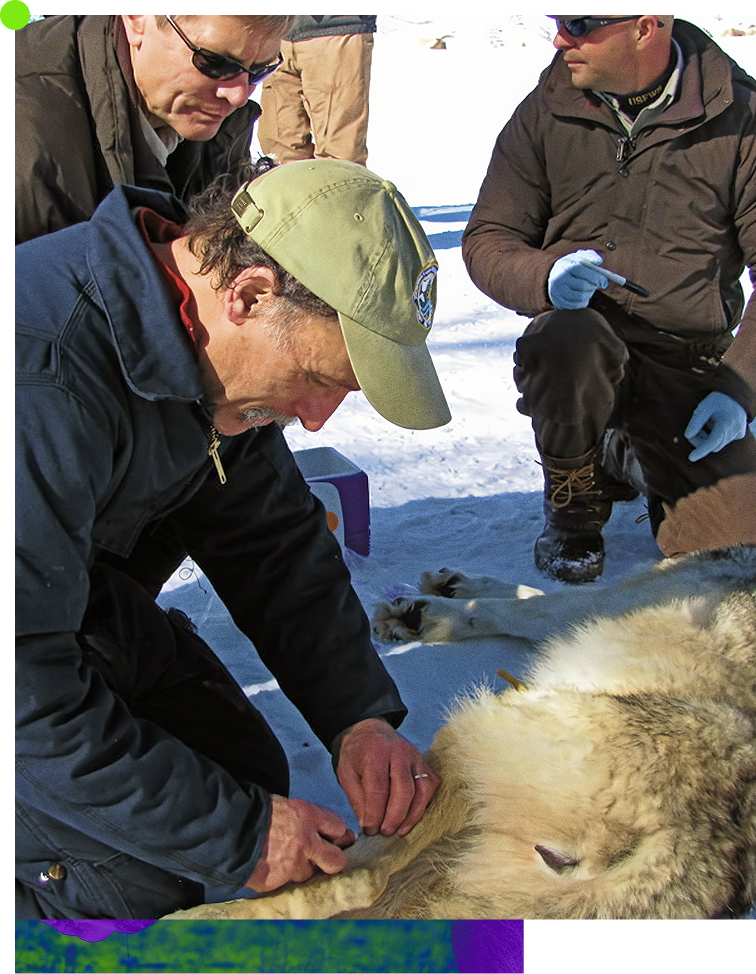
MODERN MEDICINE FOR MODERN WOLVES
Colossal's revolutionary blood-cloning technology is critical to the safe and ethical revival of endangered species.
Our non-invasive blood sampling method has proven integral to better conservation and care of the red wolf—and it will reverberate throughout the field of veterinary medicine, gene editing and species restoration for generations to come.
Learn More About Red Wolf Conservation
Non-invasive DNA sampling allows for repeated sampling over time without disrupting natural behavior, making it ideal for long-term monitoring and conservation.

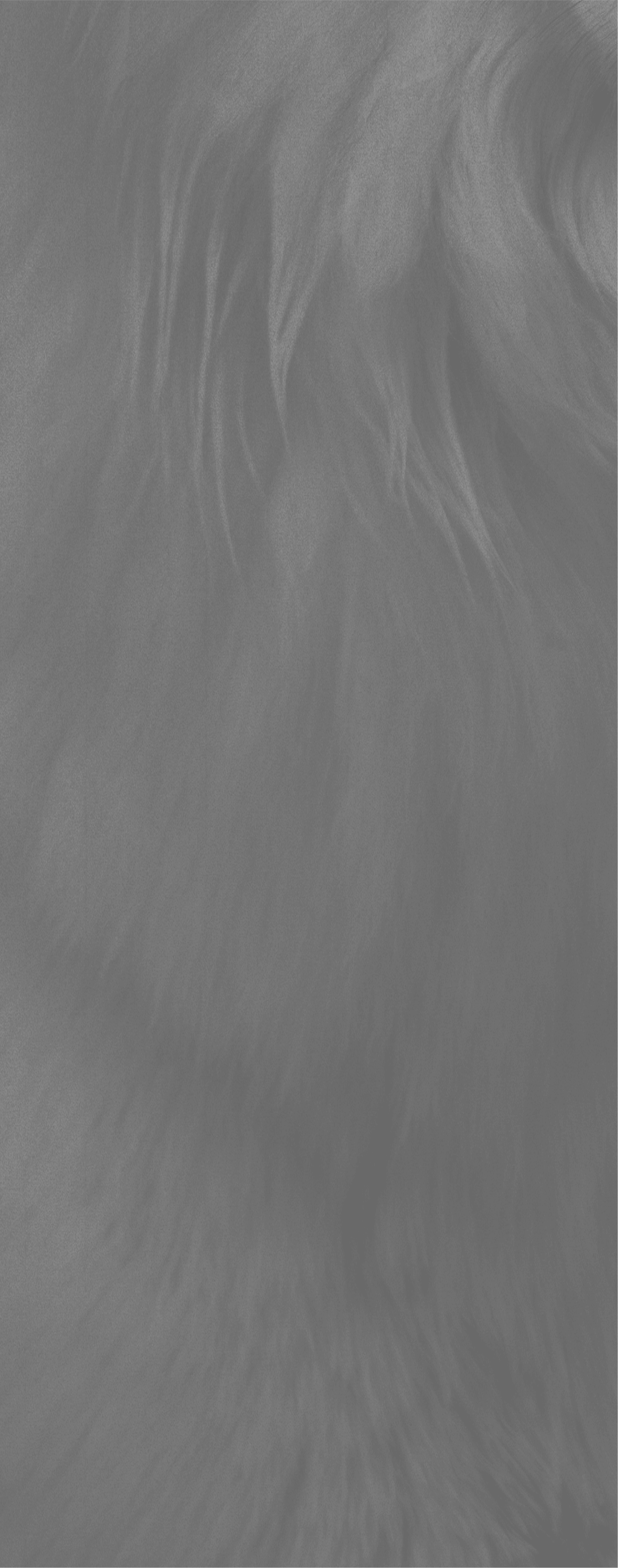




key differences between
invasive and non-invasive DNA sampling


|
Invasive vs | Non-Invasive |
|---|---|---|
| Method | Tissue biopsy, surgical sample, or bone marrow extraction | Blood Draw |
| Stress and Harm | Can cause significant stress or injury; some procedures require sedation or anesthesia | Typically painless and routine procedure |
| Benefits for Cloning | Results in establishment of cell lines from fibroblasts, a type of differentiated cell found in connective tissue that provide structural support for tissues. | Results in establishment of cell lines from endothelial progenitor cells, a cell that differentiates into endothelial cells, which are cells that line the inside of blood vessels. Because they are less differentiated compared to fibroblast, EPCs are more amenable to successful reprogramming during cloning |
| Field Application | Limited to controlled environments such as laboratories or during specific handling events | Mostly limited to field application and suitable for long-term monitoring; avoids harming endangered species and taking unnecessary risks |
THE RED WOLF is the world’s most endangered wild canid and the only large carnivore species solely native to the United States. Once common throughout the southeastern states, red wolf populations were decimated by the 1980s and 1970s. Captive breed efforts have since been established, but today less than 20 wild individuals remain in North Carolina.
STANDARD CLONING
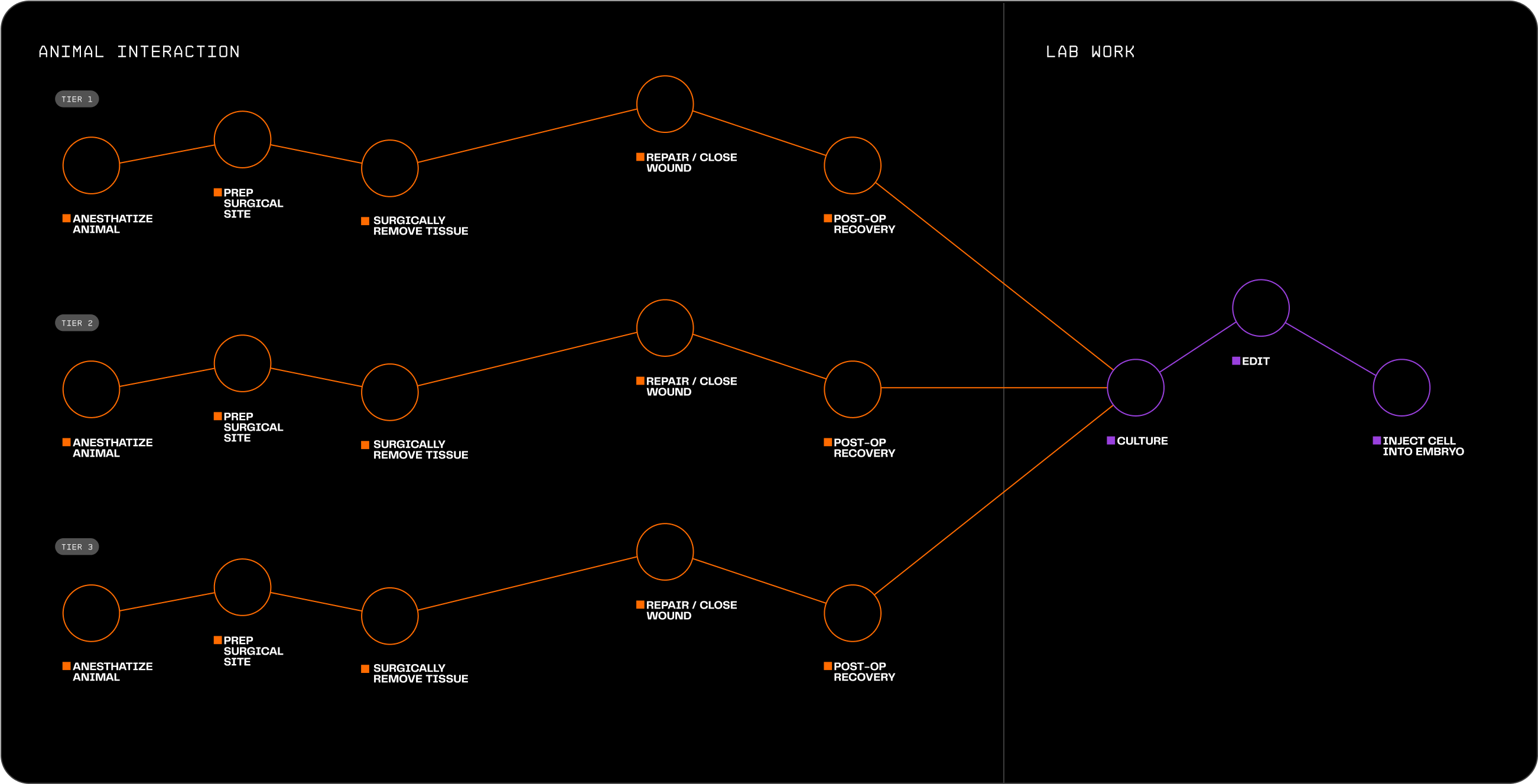



INNOVATION from the dire wolf project led to a discovery with cloning that is much less invasive and more humane by using blood instead of tissue cultures.
COLOSSAL’S NEW BLOOD CLONING
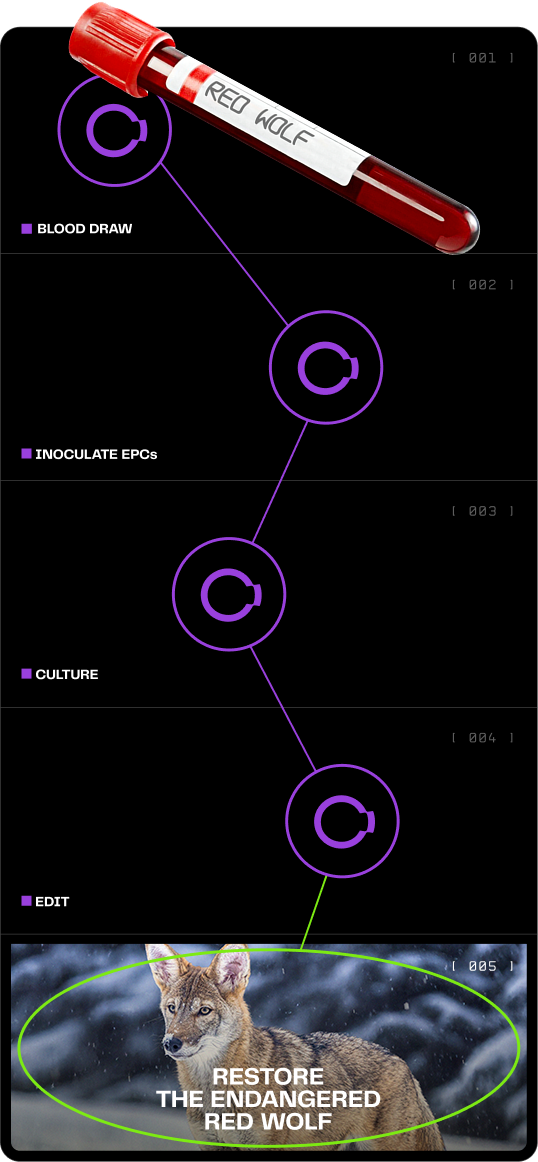


Colossal’s commitment to innovation will ensure that long-lost species like the dire wolf are able to thrive for the first time in
over 10,000 years.



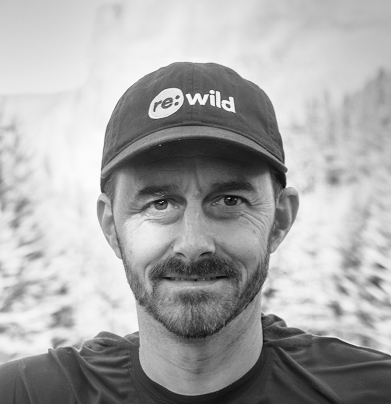

"Today’s dire wolf announcement represents an exciting scientific step and demonstrates the power and possibilities of genetic technologies. These technologies will likely transform the conservation of critically endangered species that still exist, and we are excited to apply them to prevent extinctions. From restoring lost genes into small, inbred populations to inserting disease resistance into imperiled species, the genetic technologies being developed by Colossal have immense potential to greatly speed up the recovery of species on the brink of extinction."


FROM BLOOD LINE TO LIFE LINE
pursuit of
the gray wolf donor
To resurrect the dire wolf using gray wolf DNA, it was integral to use the most scientifically viable wolf genome possible. However, virtually all wild wolves in Europe, Asia & North America have a fraction of domestic dog DNA in them. Even arctic wolves, which live far from human populations, appear to have bred with sled or herding dogs several generations ago and now carry some of these gene variants.
To identify ideal gray wolves to be the surrogate genome donors to our dire wolves, we analyzed genome sequences from more than two dozen gray wolves living in wolf sanctuaries across the United States. We then compared these gray wolf genomes to publicly available genomes of wolves, domestic dogs, and village dogs from around the world.
This led us to a shortlist of four gray wolves with undetectable amounts of domestic dog ancestry, from which we isolated EPCs for editing and, eventually, to become our dire wolves.
Meet the first successfully
resurrected dire wolves.+
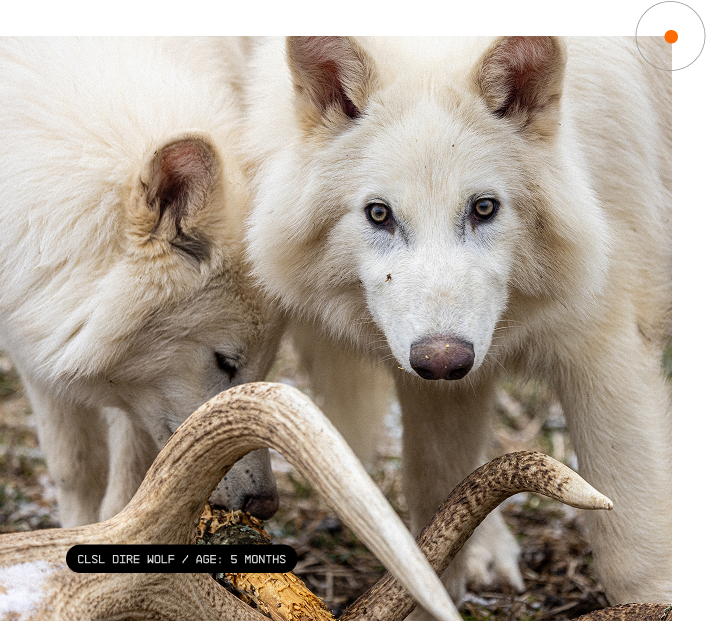
RESULTS
ABOUT
The resulting dire wolf genomes closely mirrored the original ancient DNA, providing a strong foundation for further de-extinction work.
Name
SPECIES
AGE / SEX

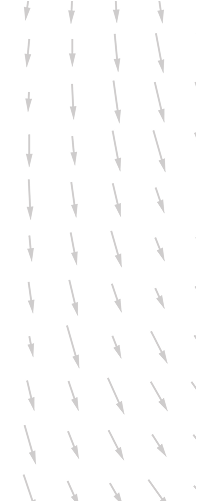
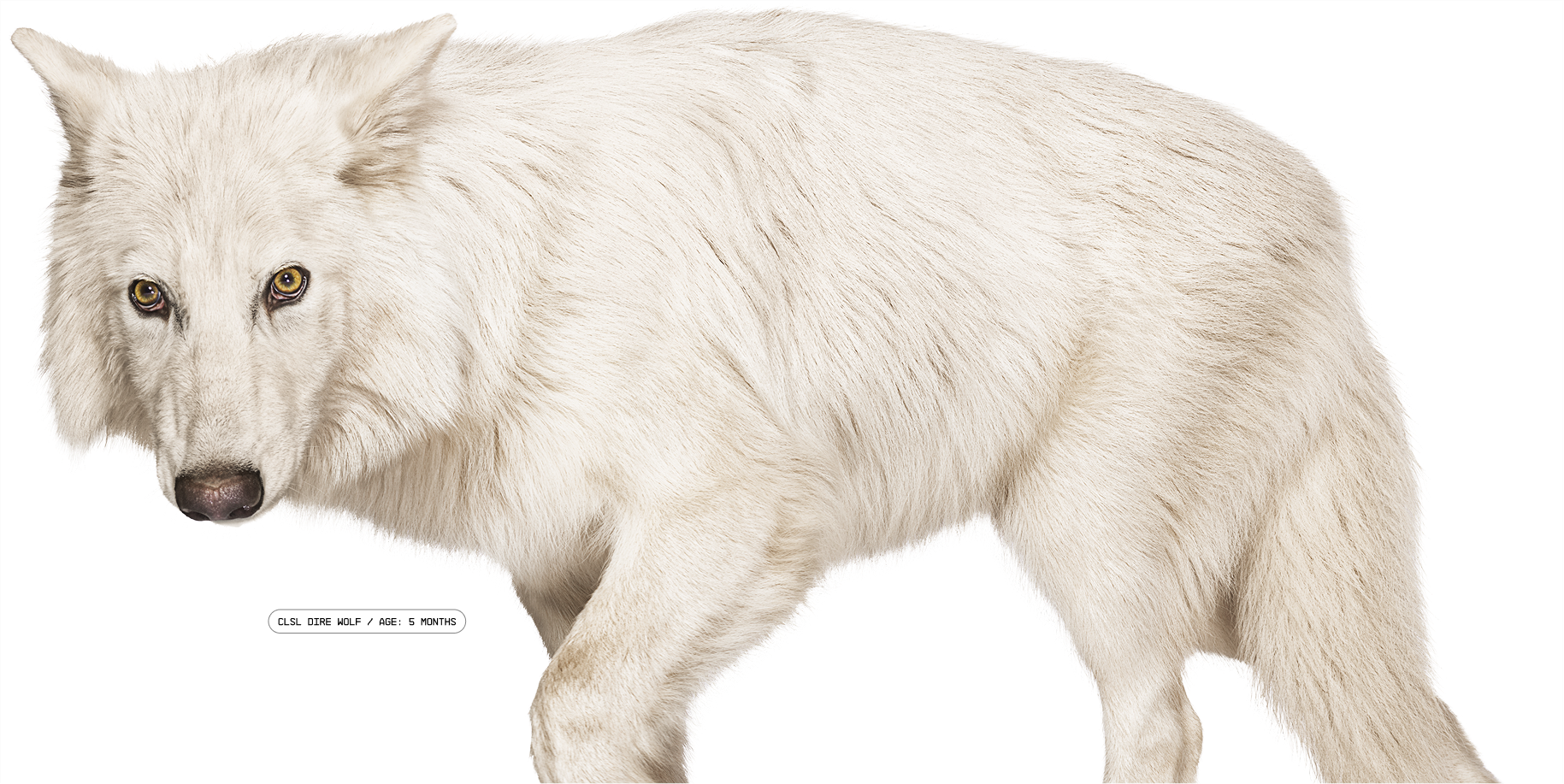


"When I learned of Colossal’s approach to engineering the light coat color into their dire wolves, I was simultaneously impressed and relieved," said Elinor Karlsson, Associate Professor in Bioinformatics and Integrative Biology at the UMass Chan Medical School and Director of Vertebrate Genomics at the Broad Institute of MIT and Harvard. “By choosing to engineer in variants that have already passed evolution’s clinical trial, Colossal is demonstrating their dedication to an ethical approach to de-extinction."



